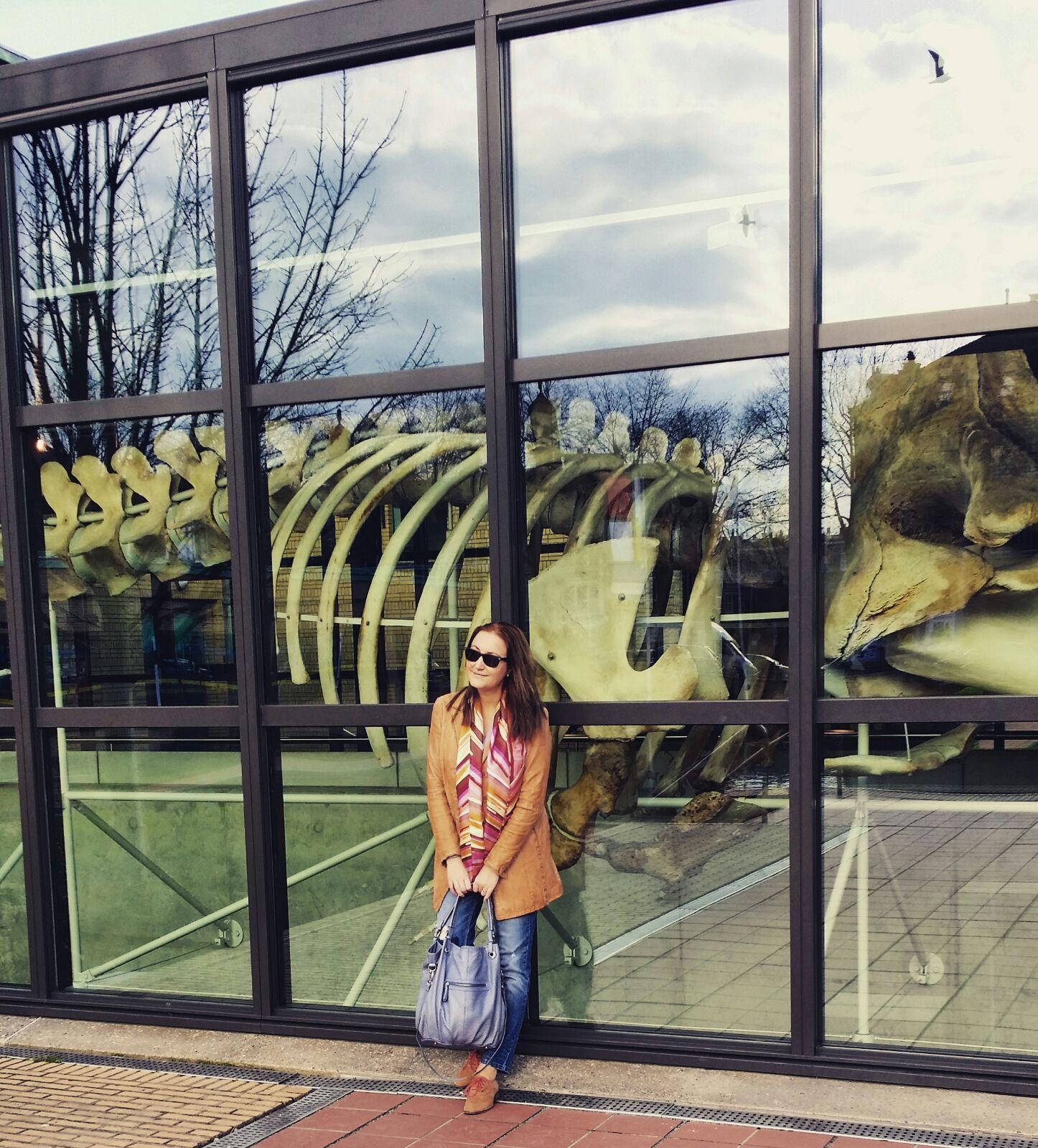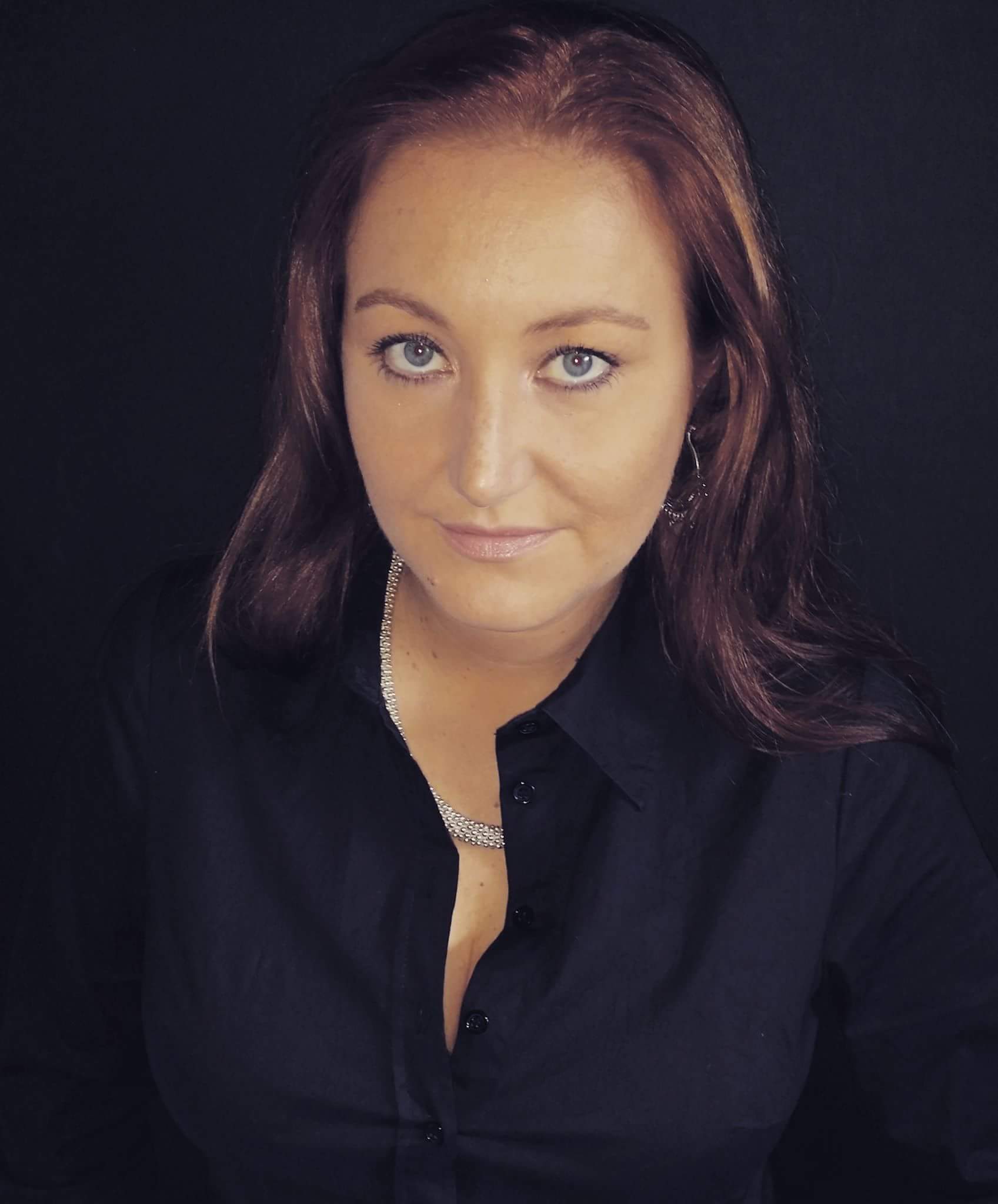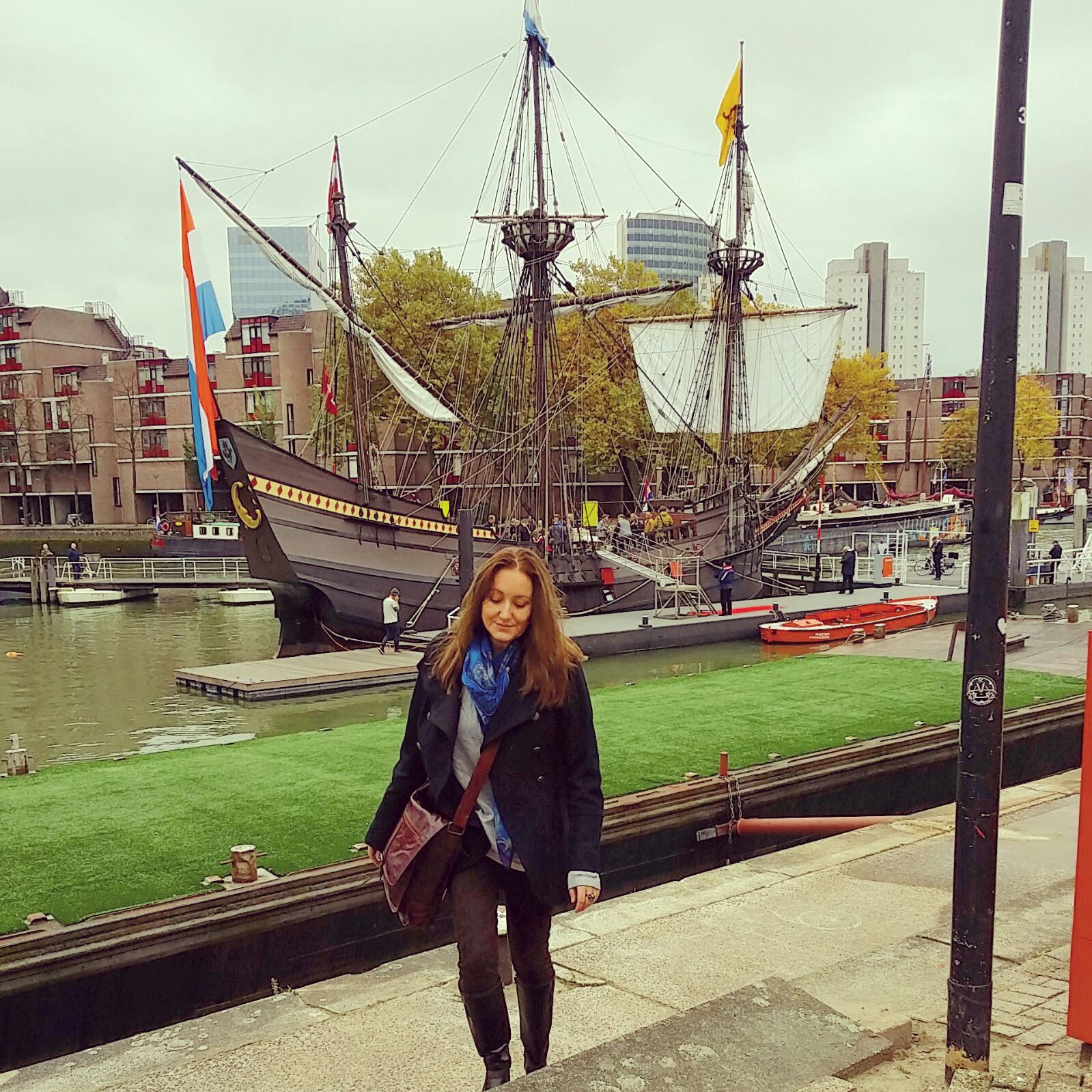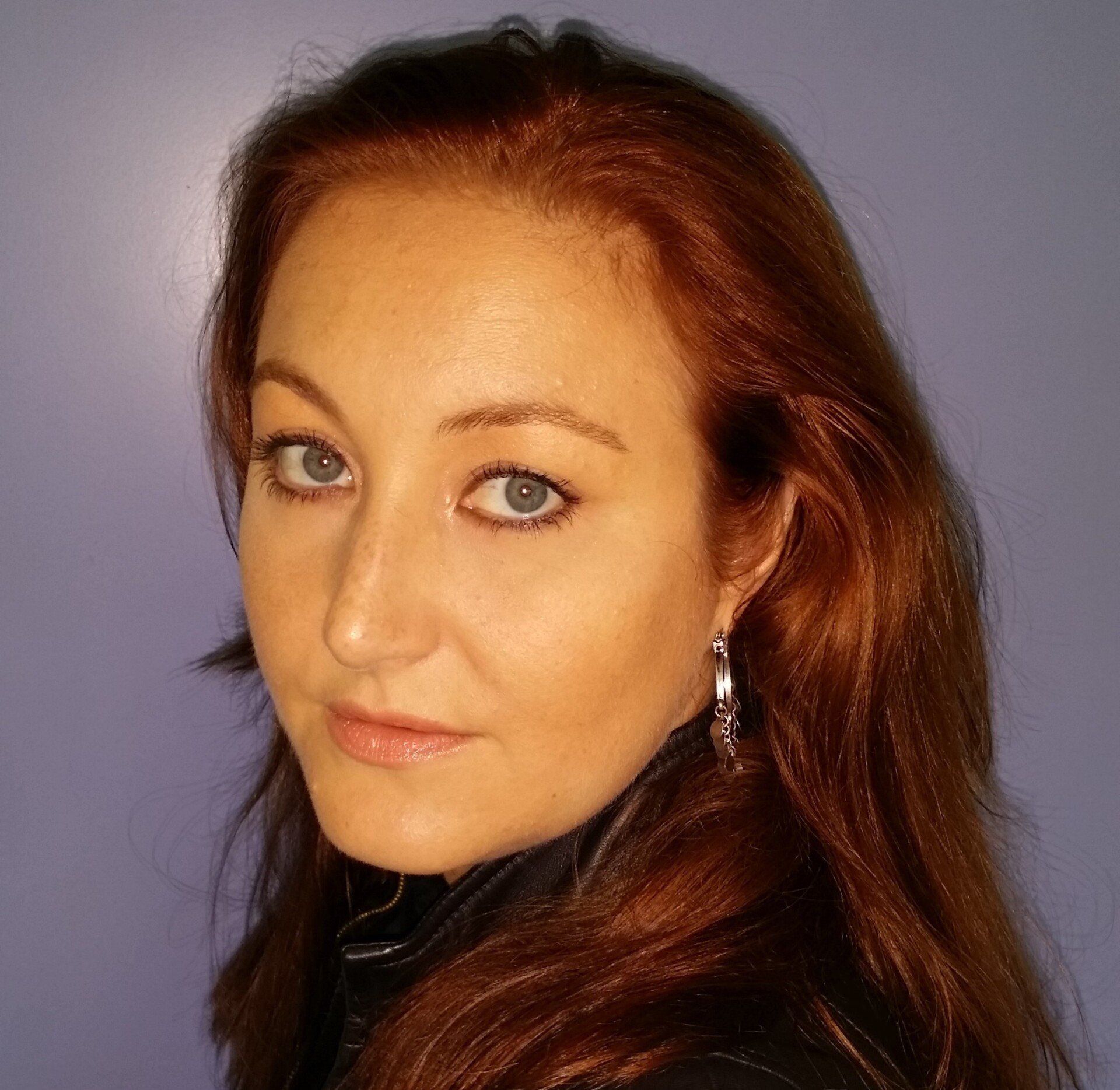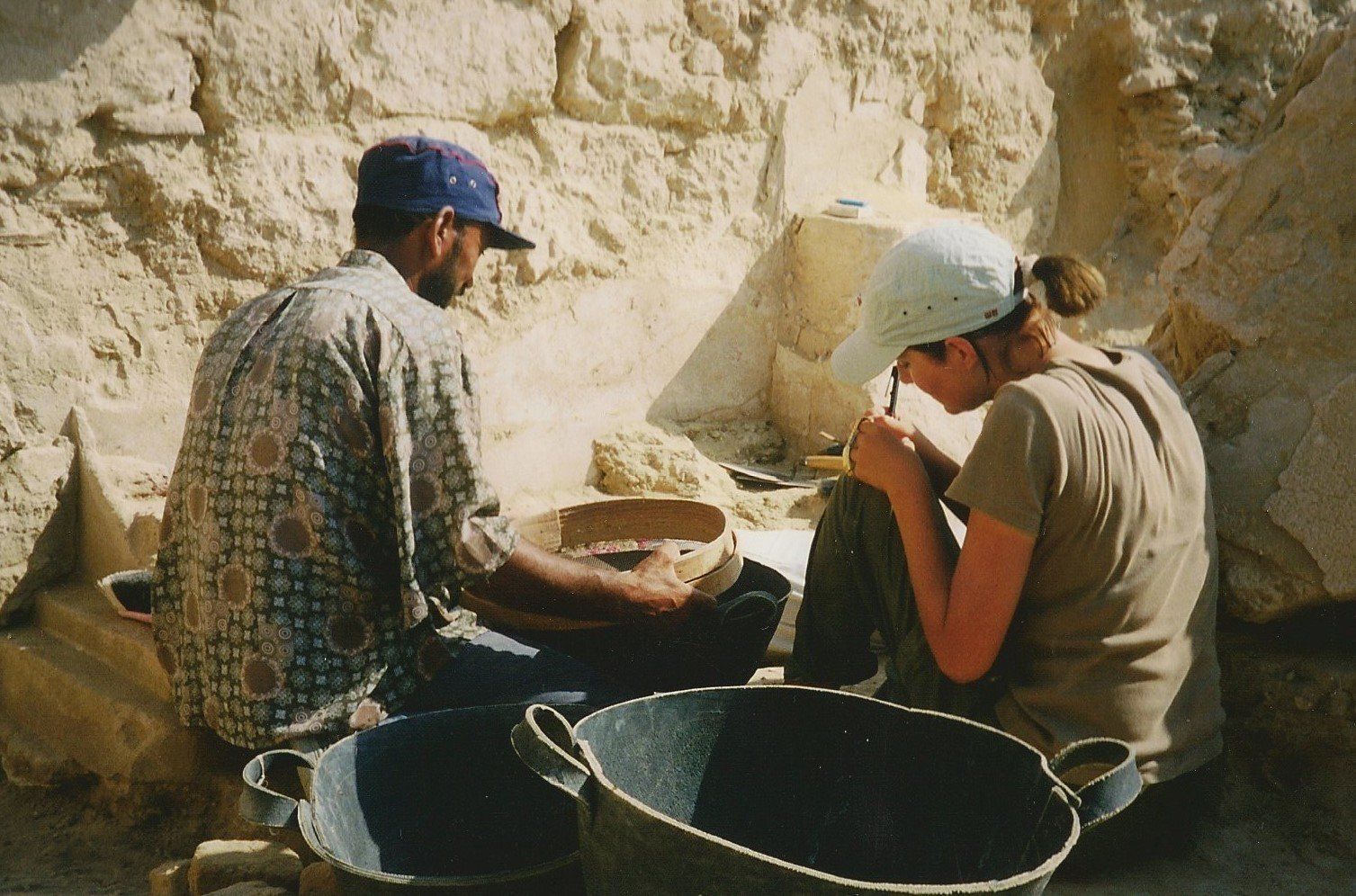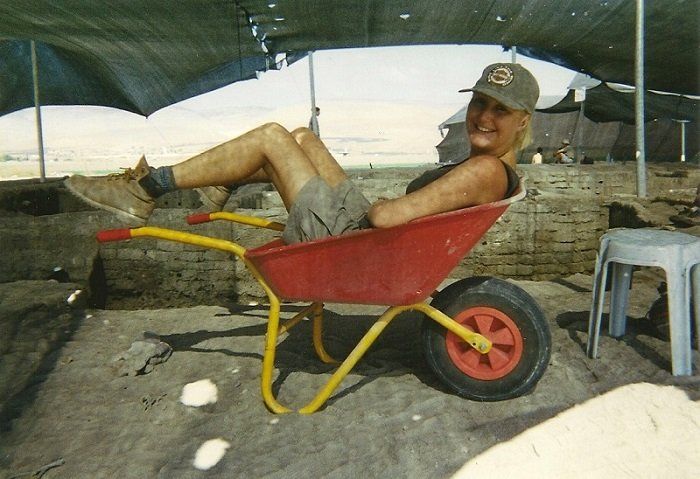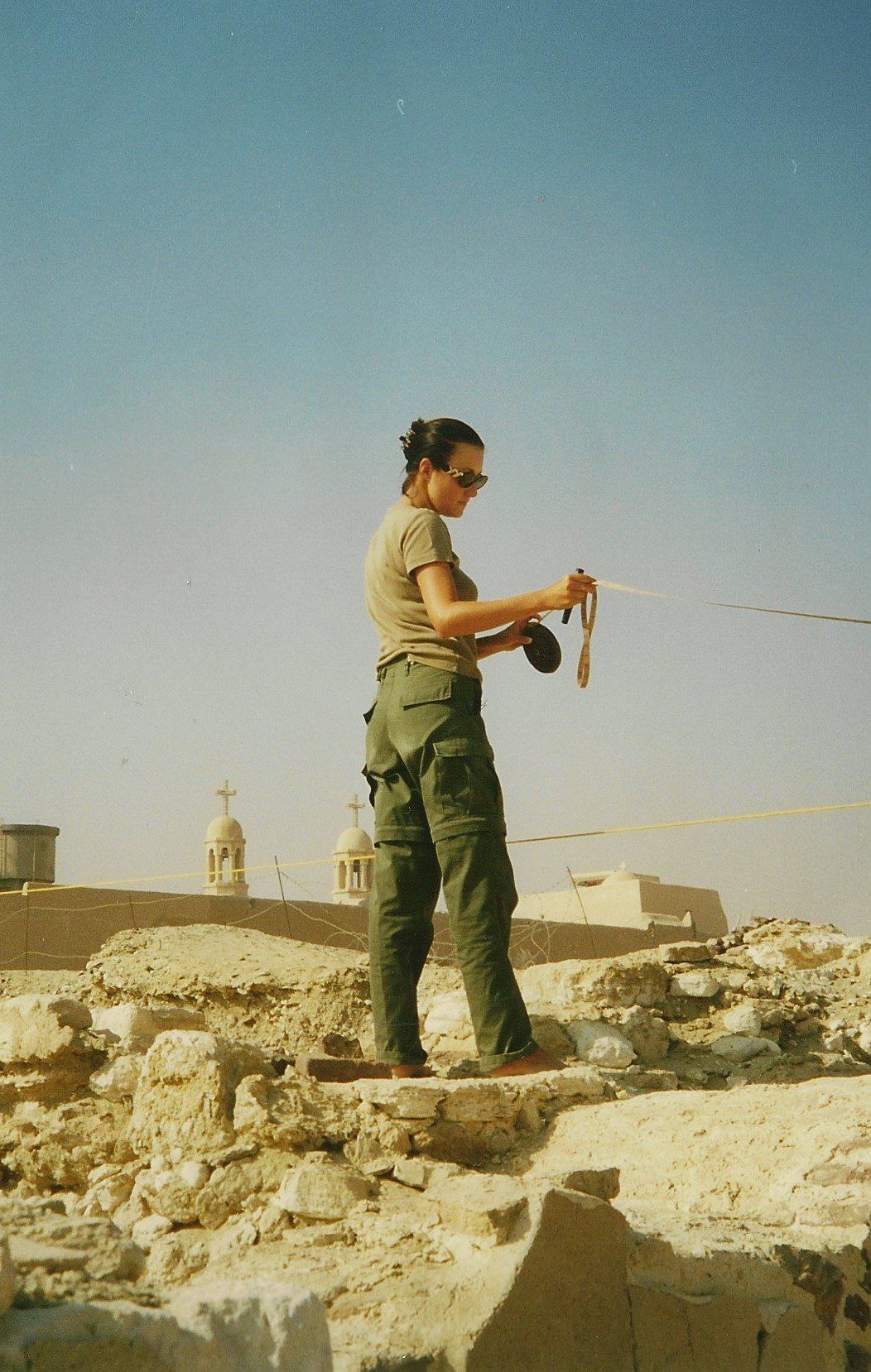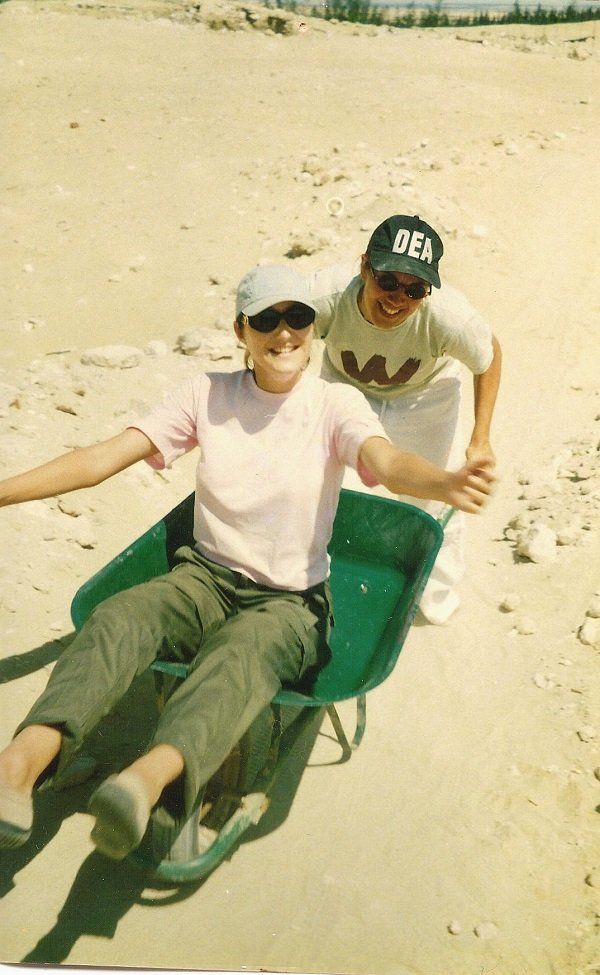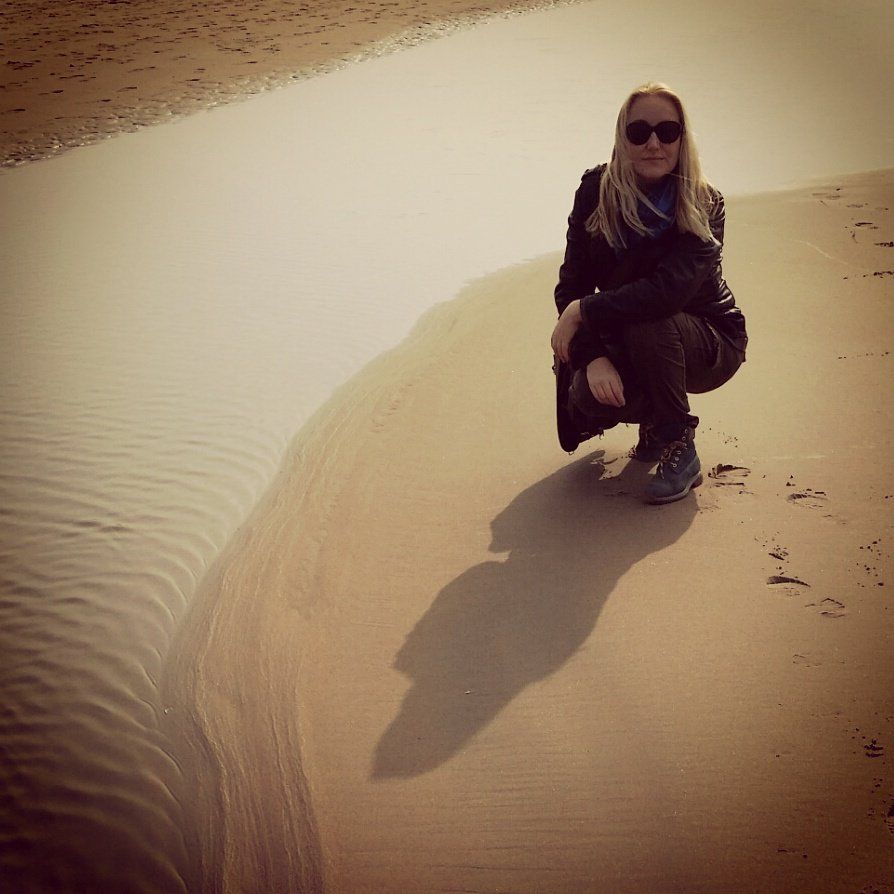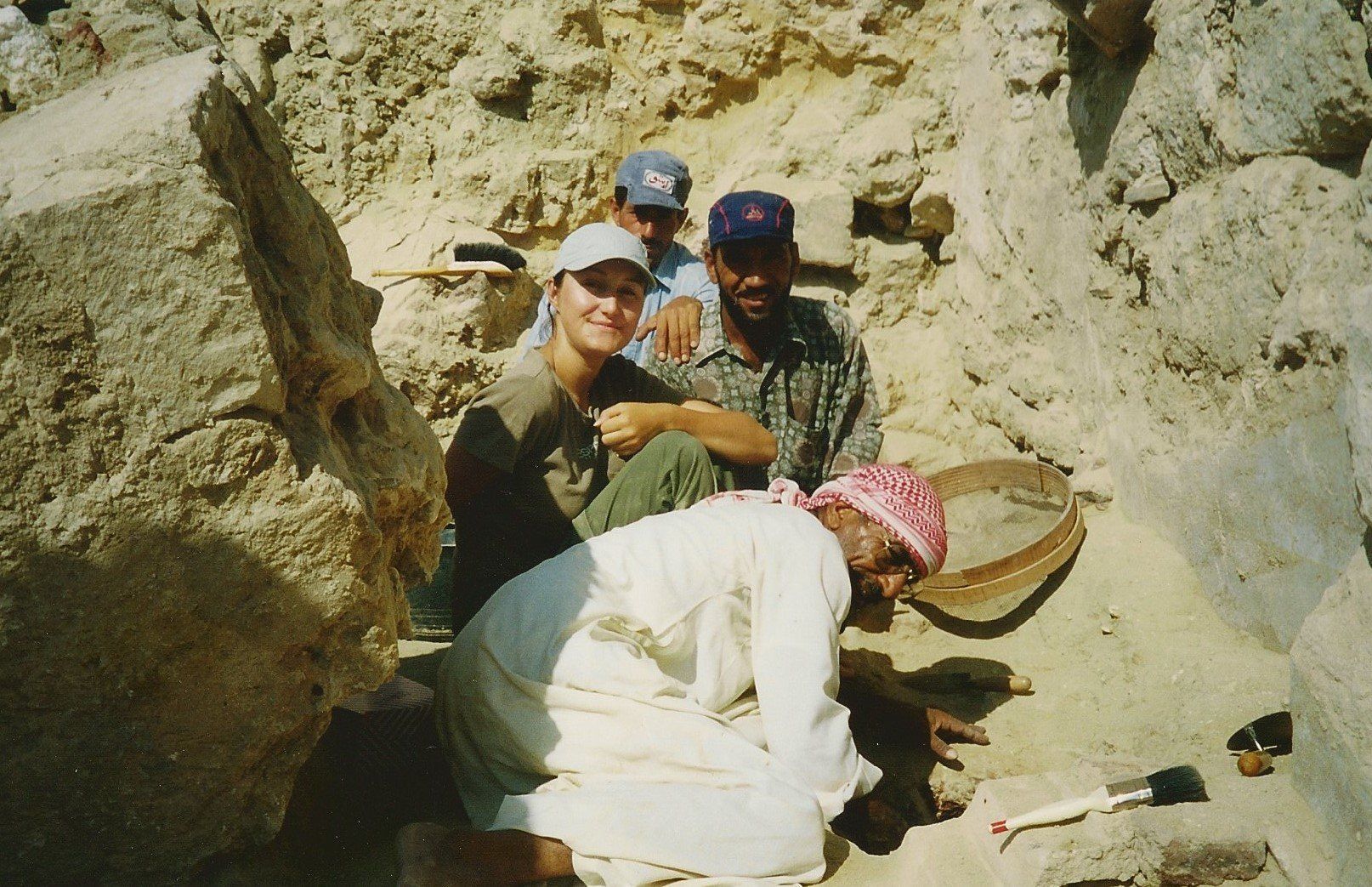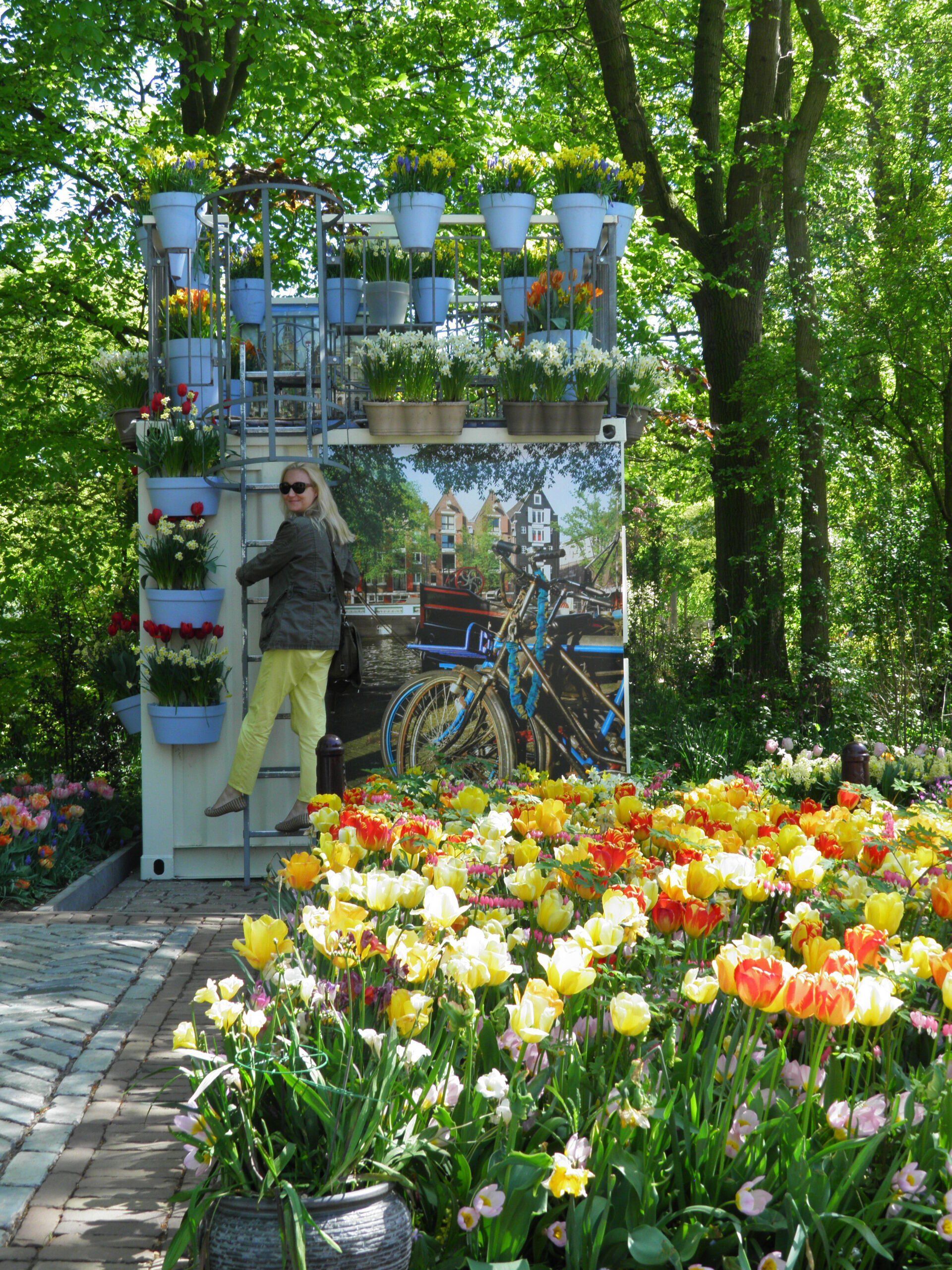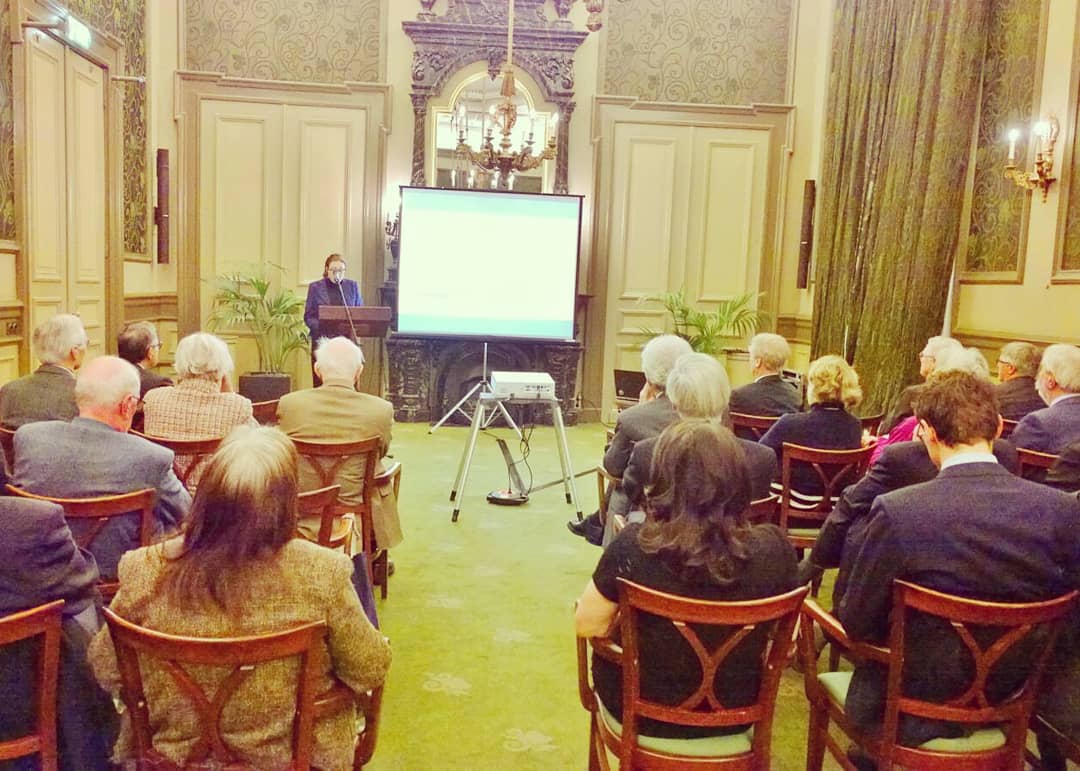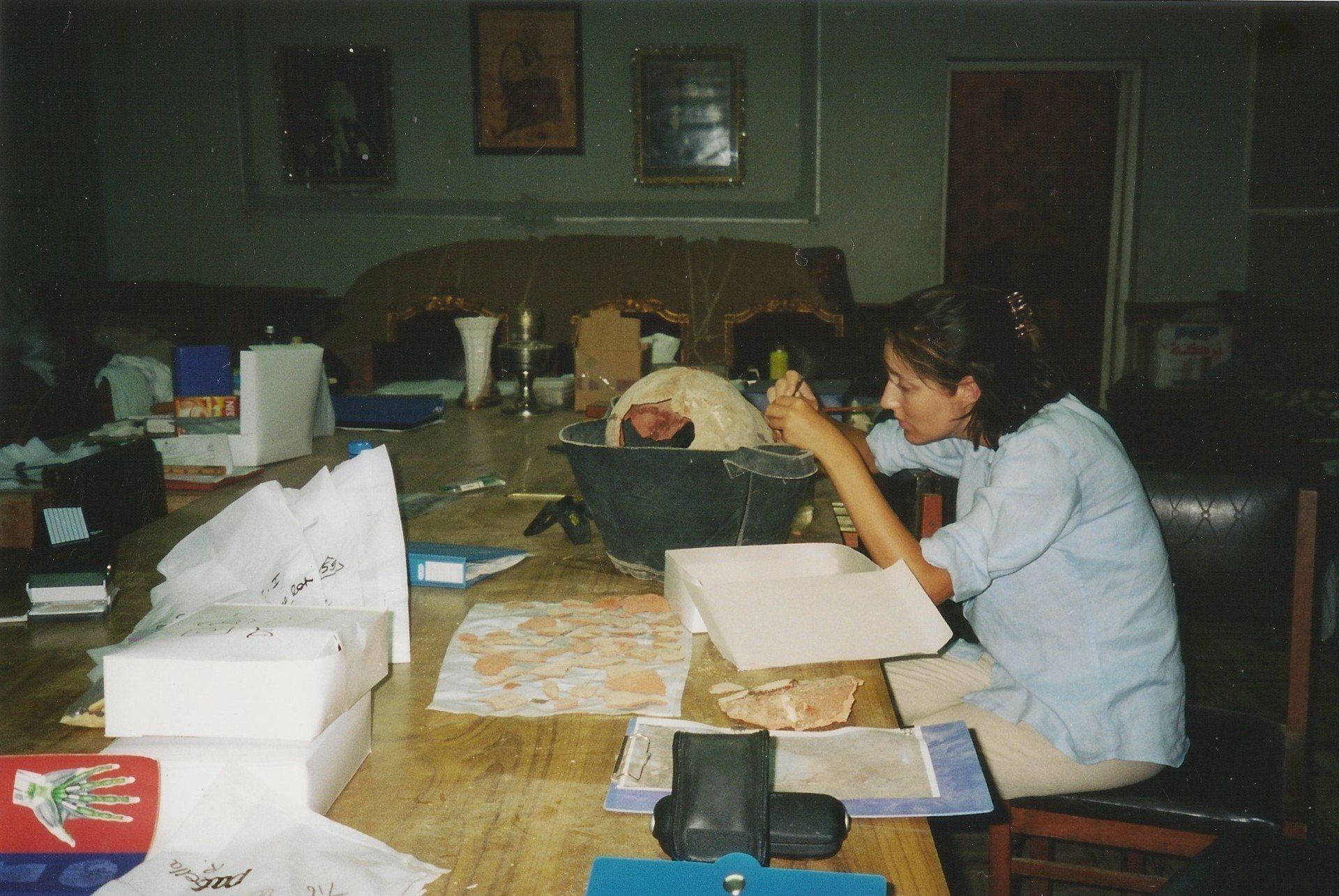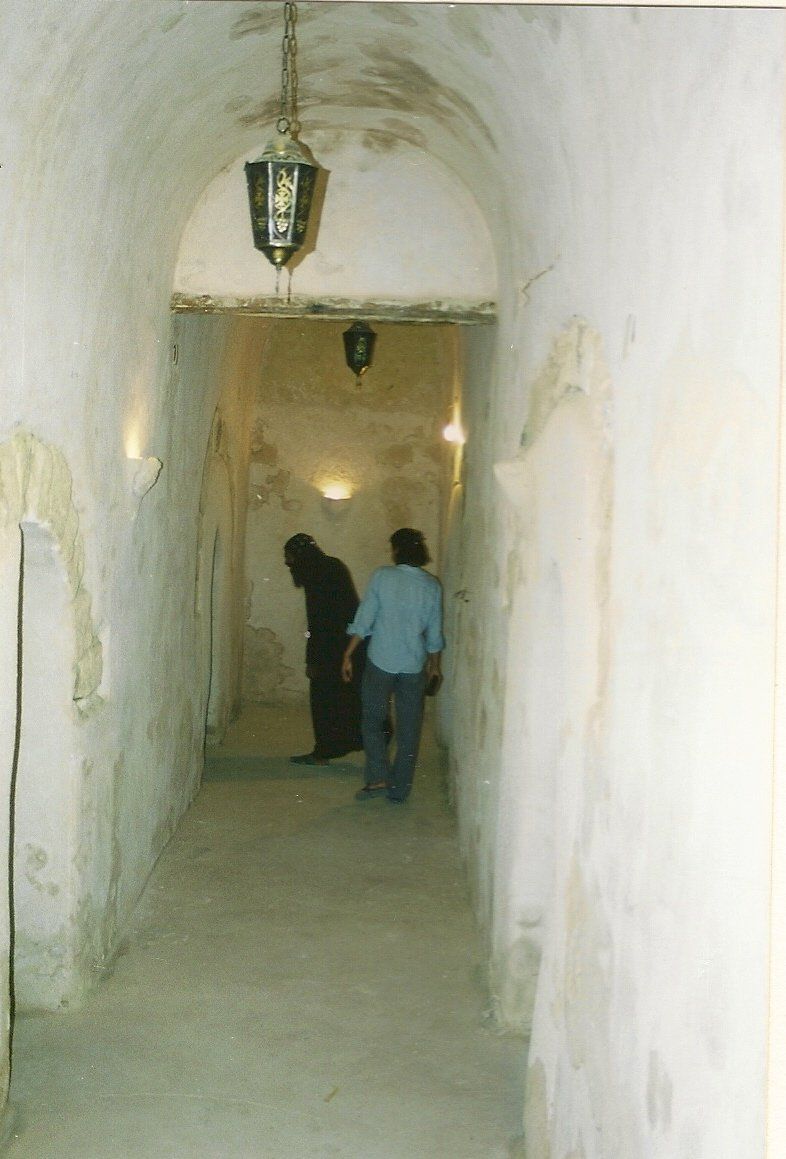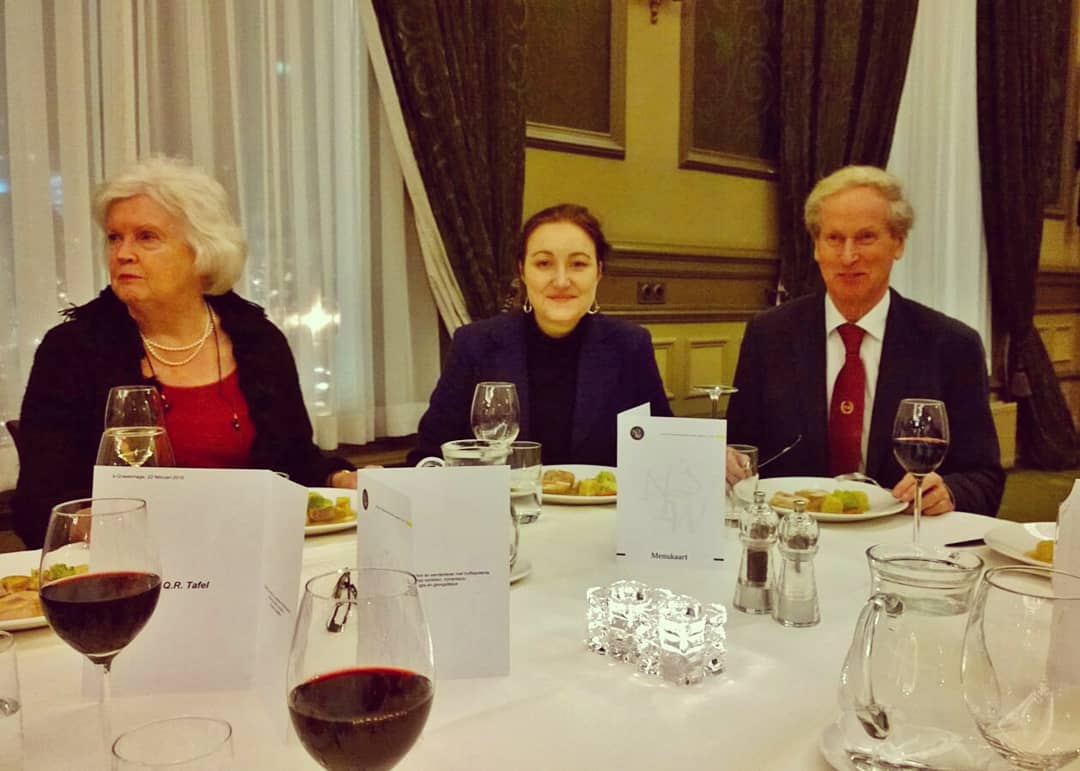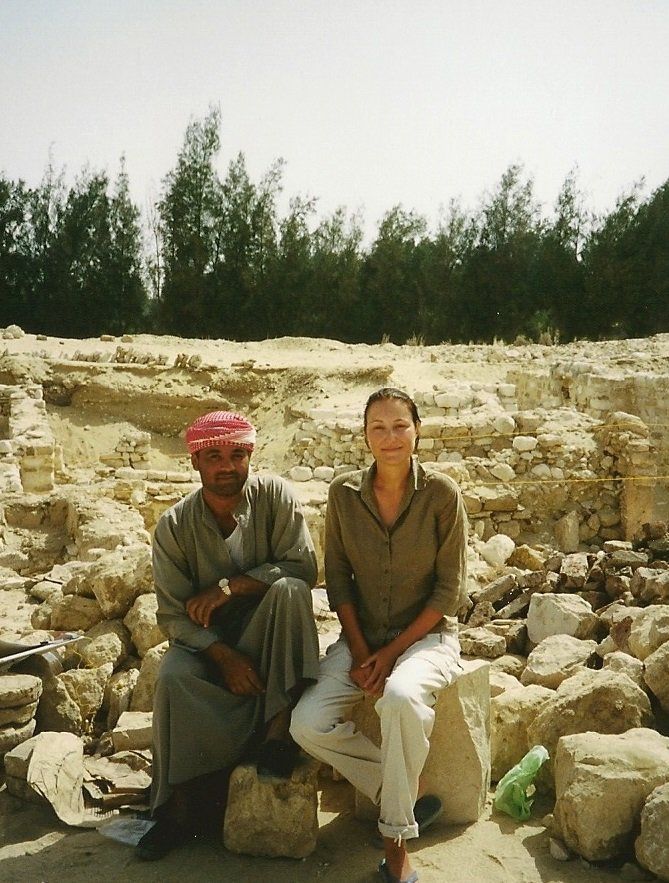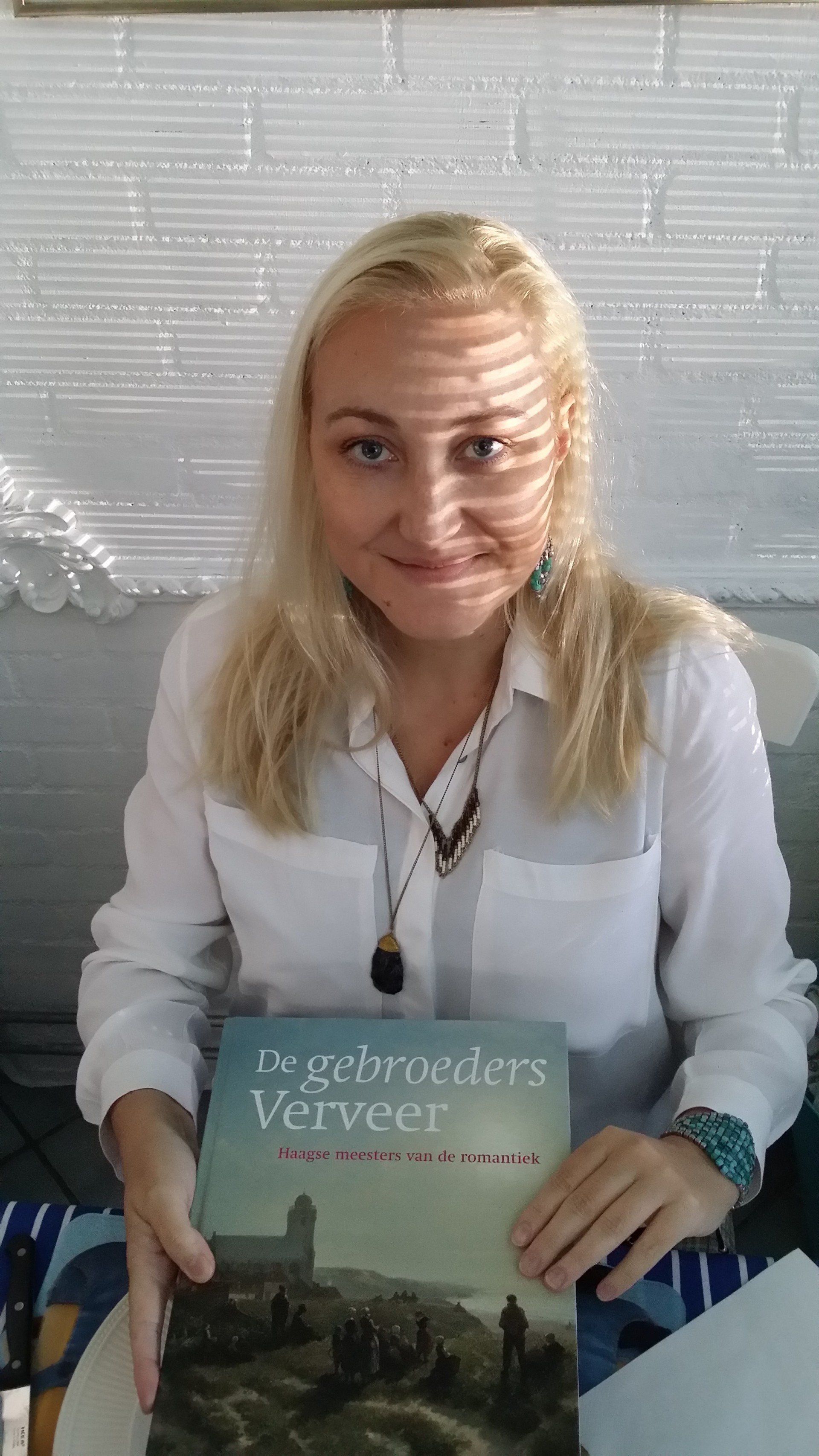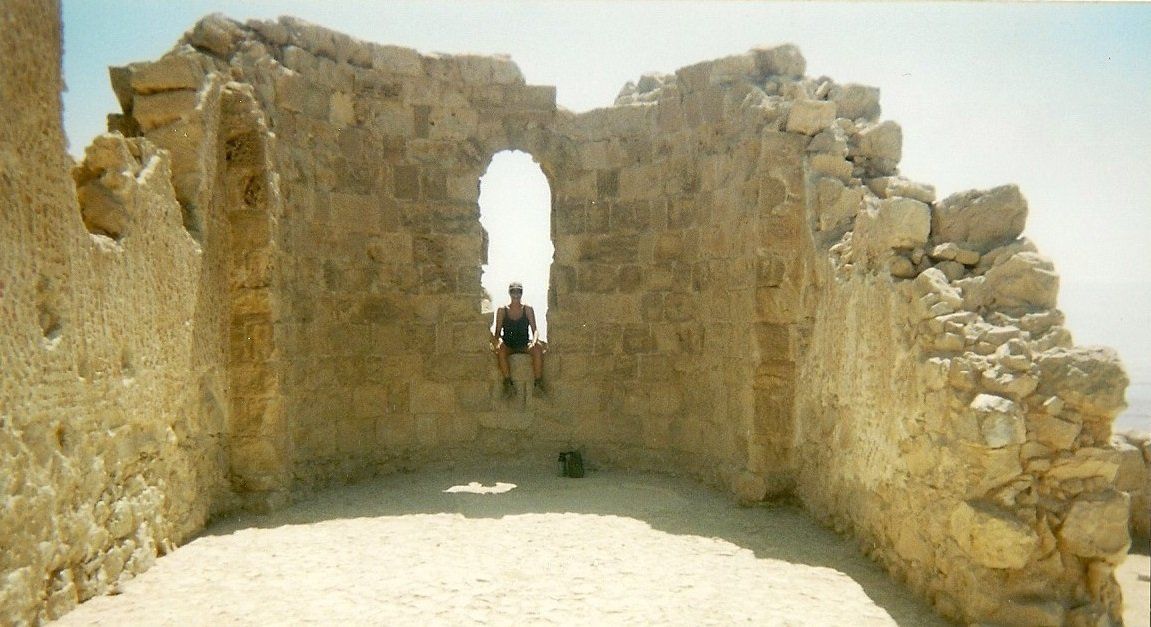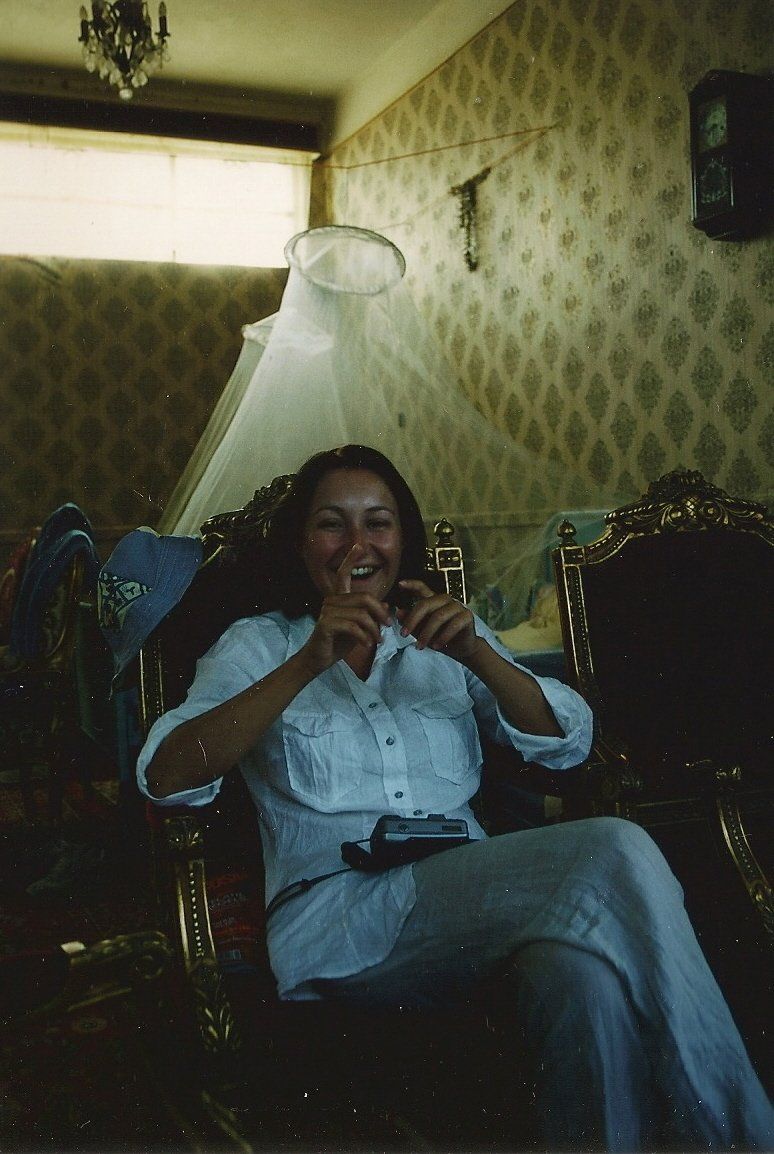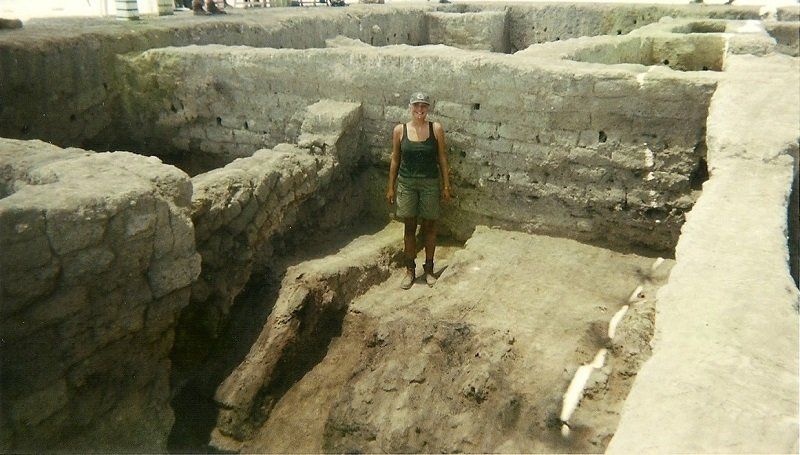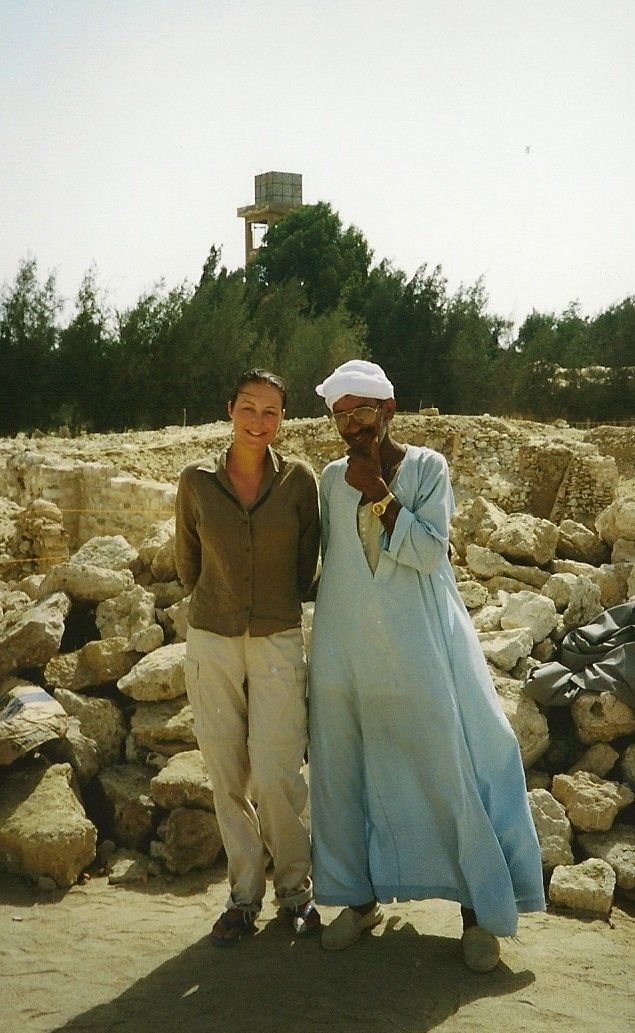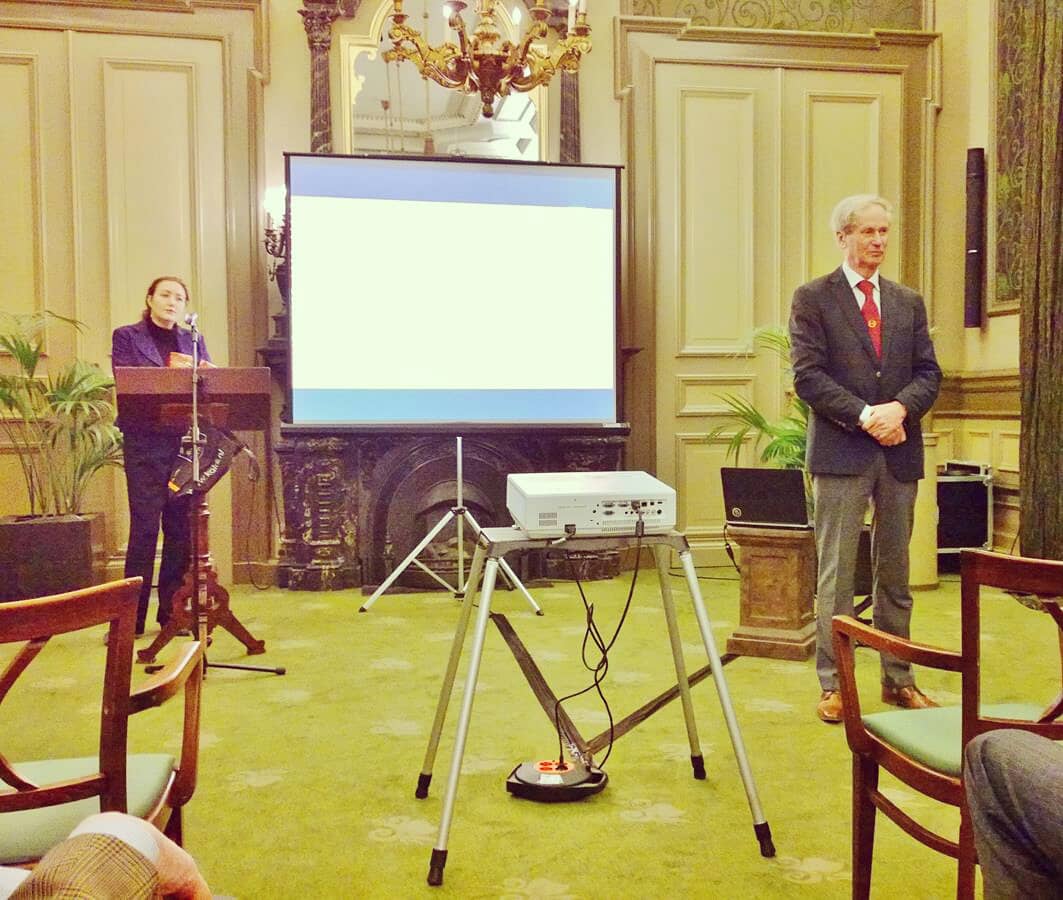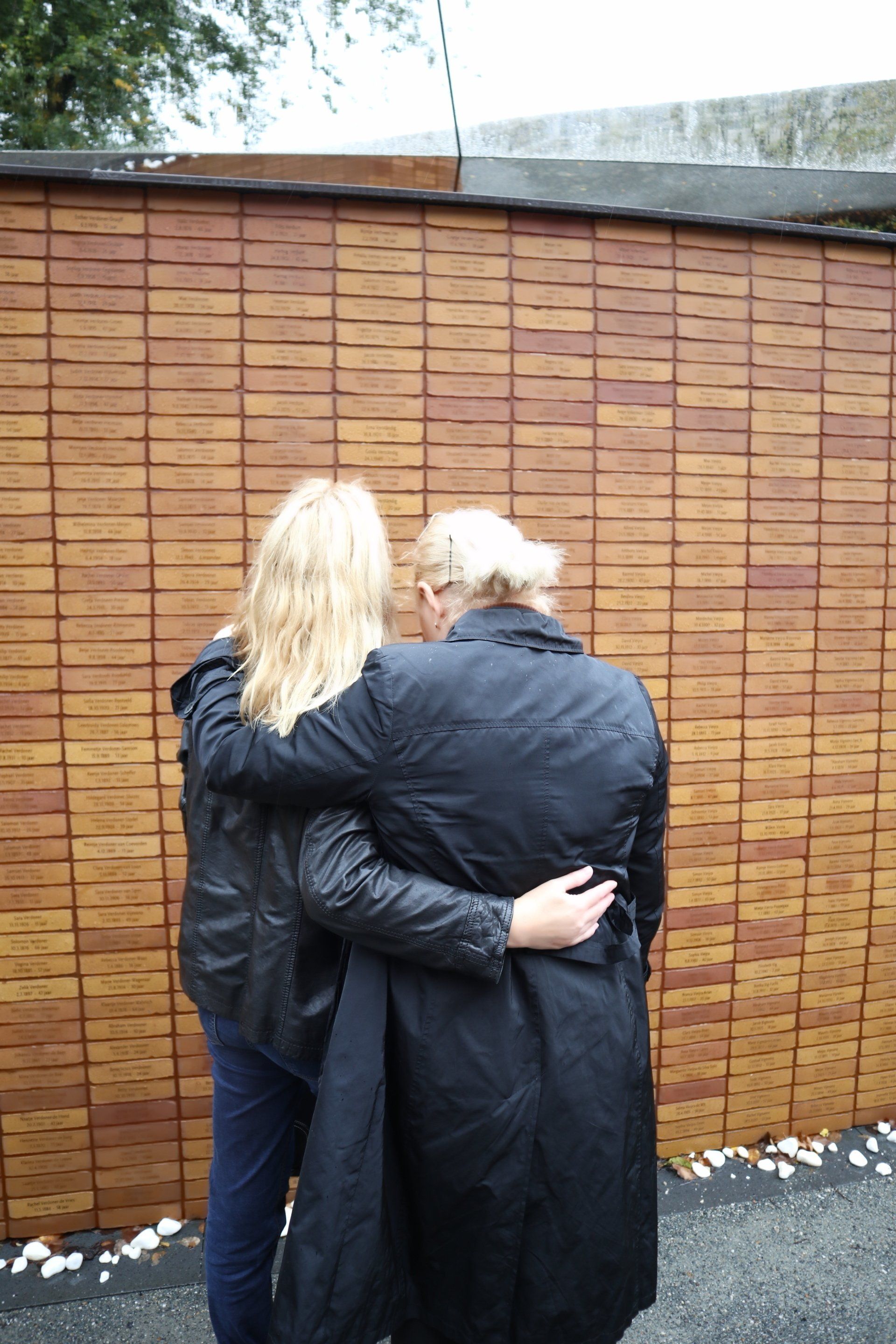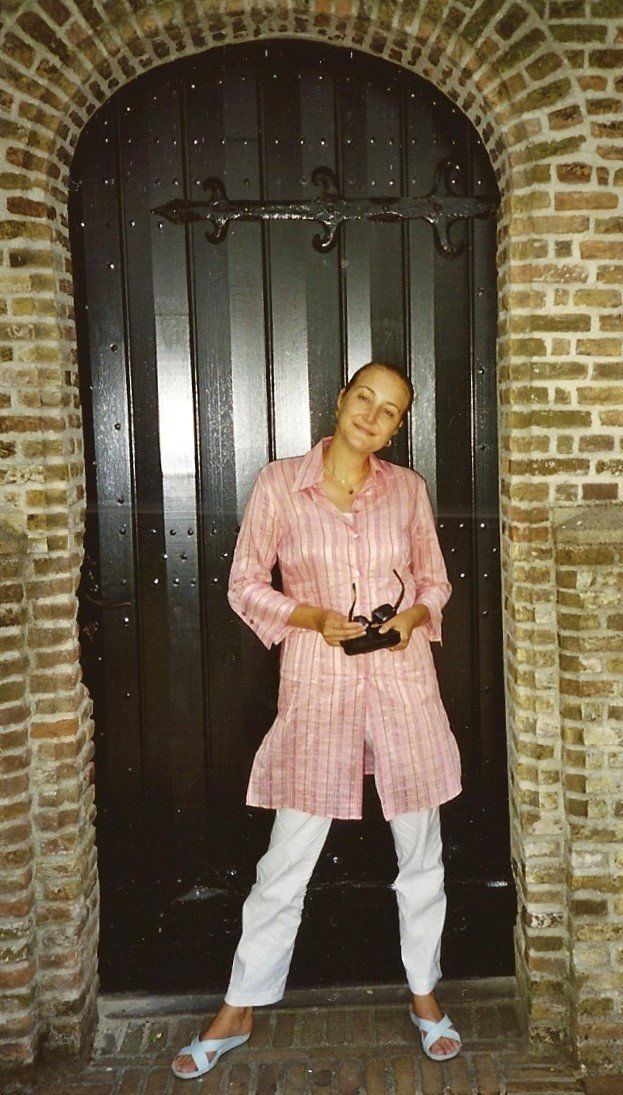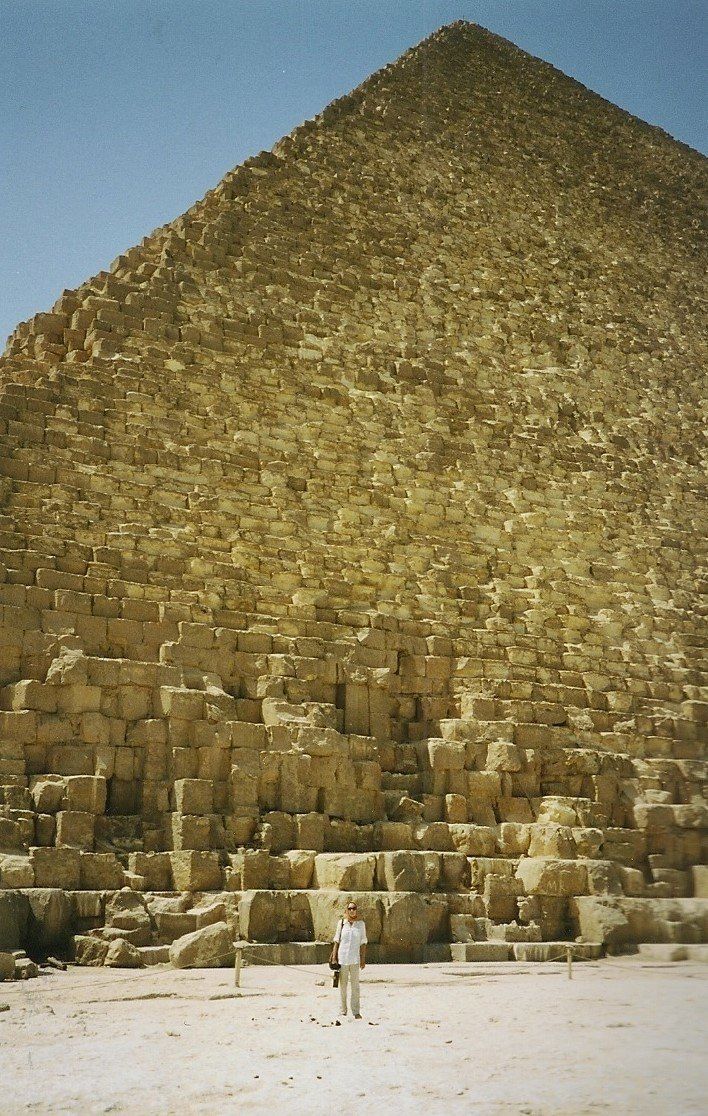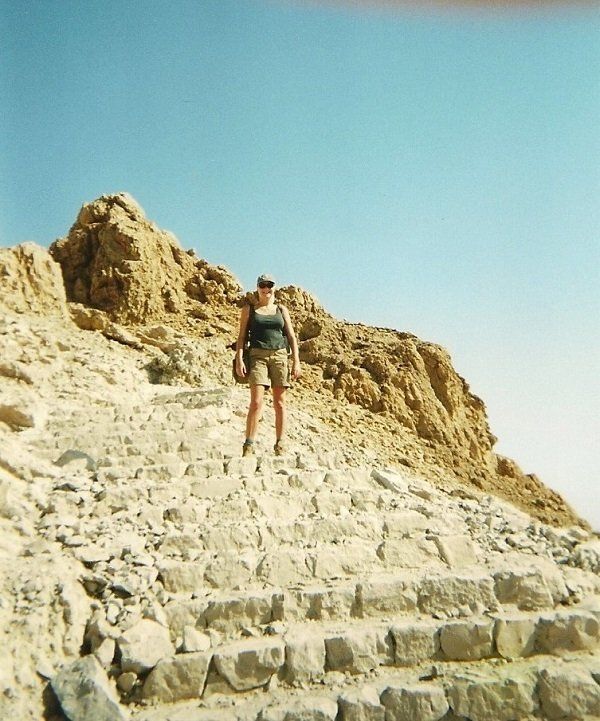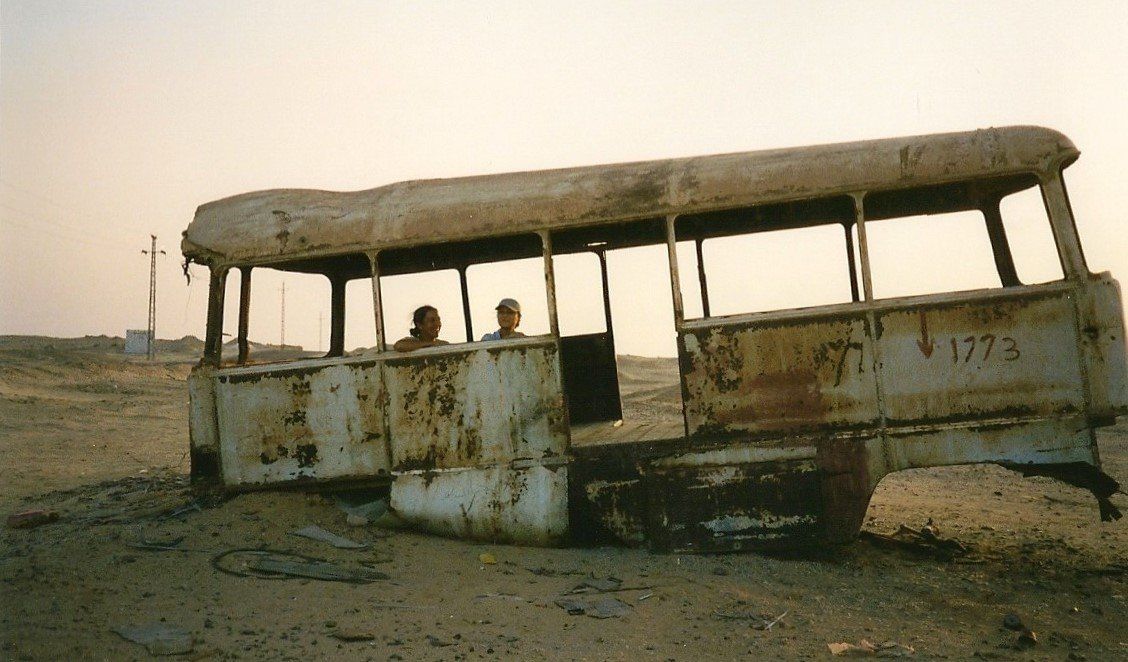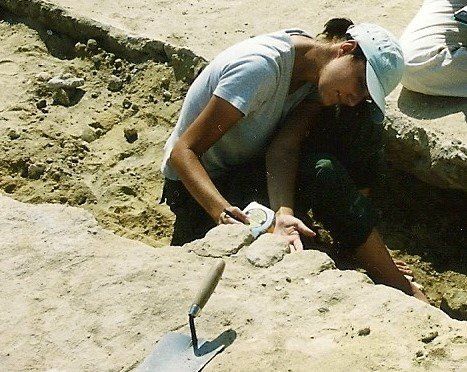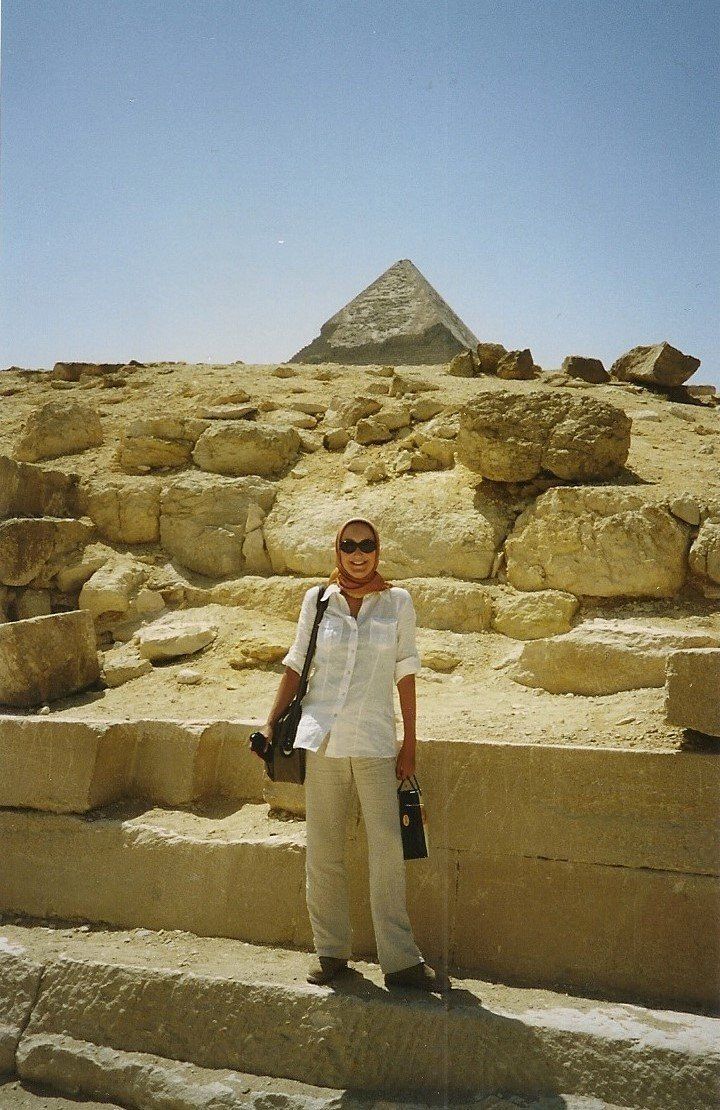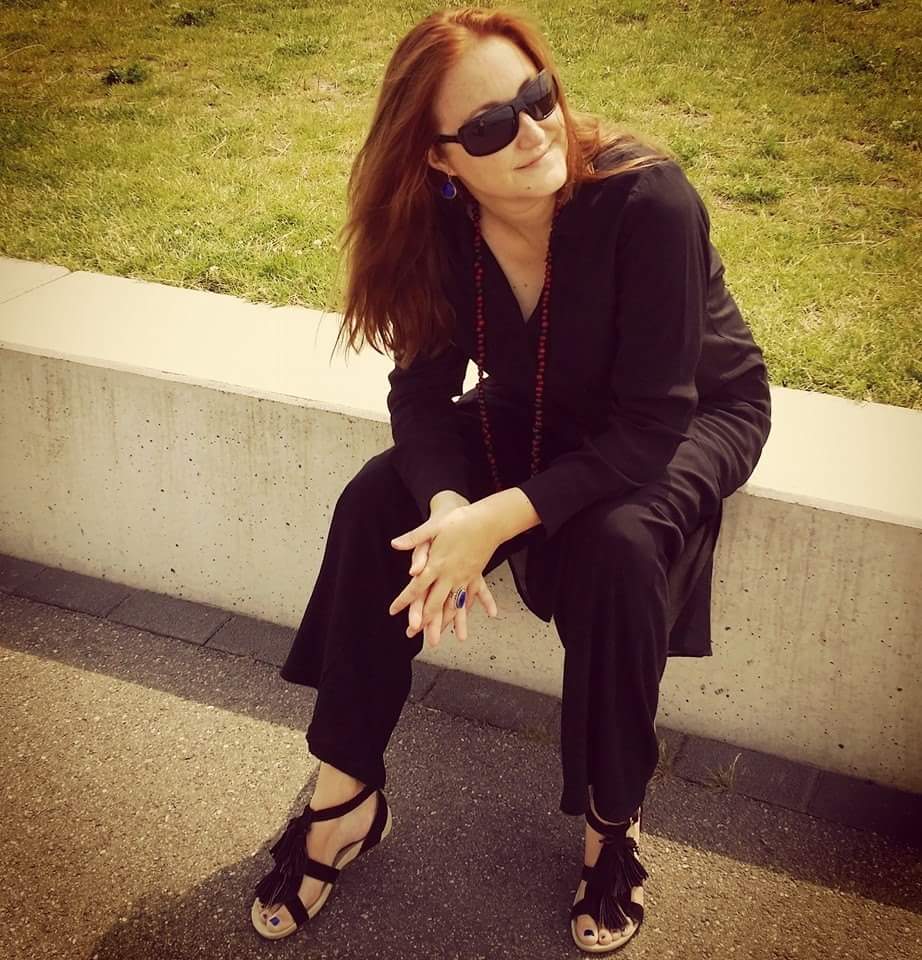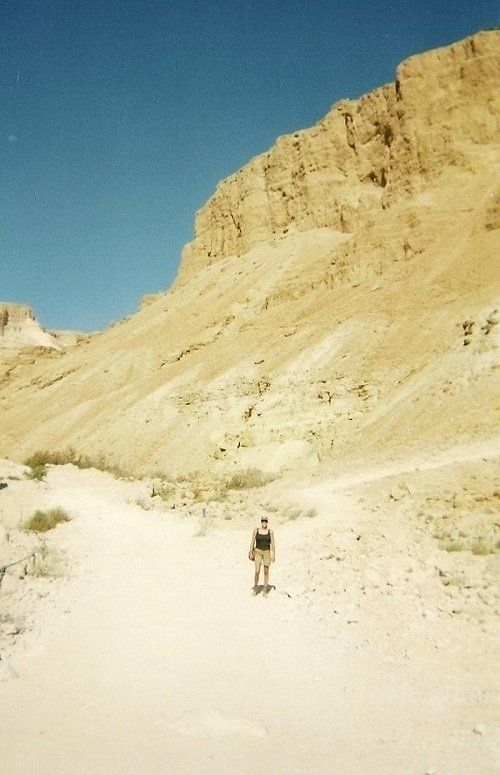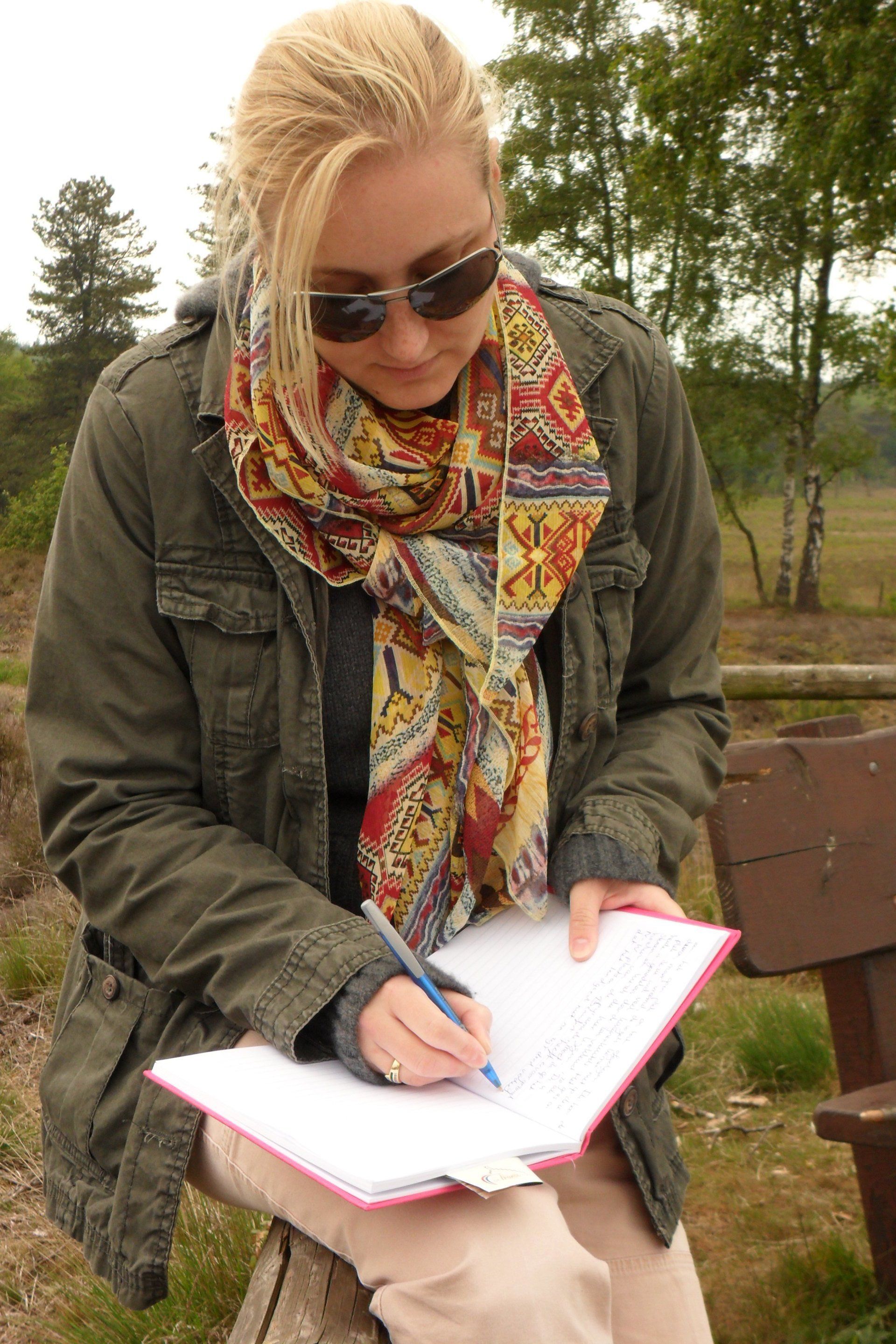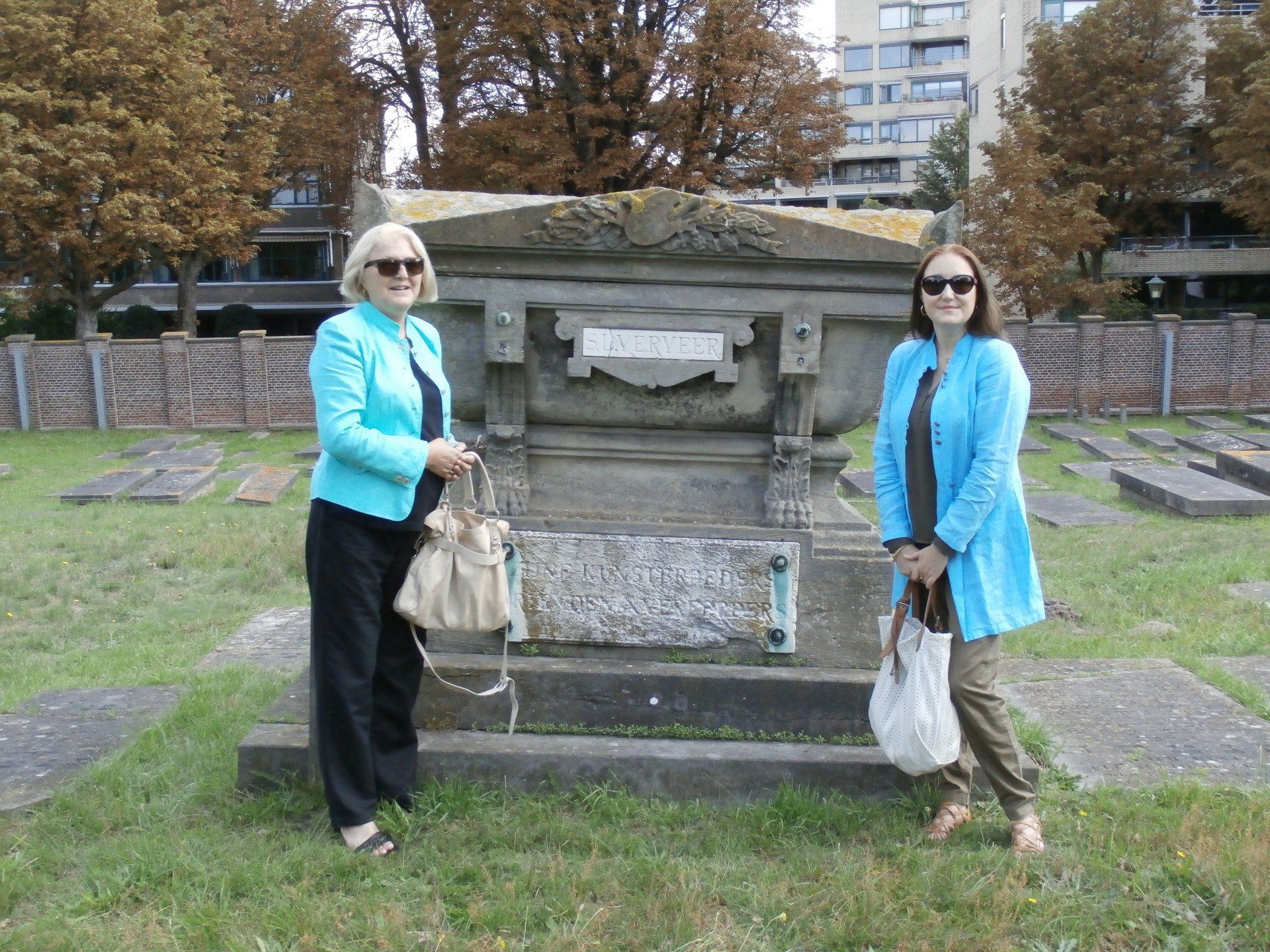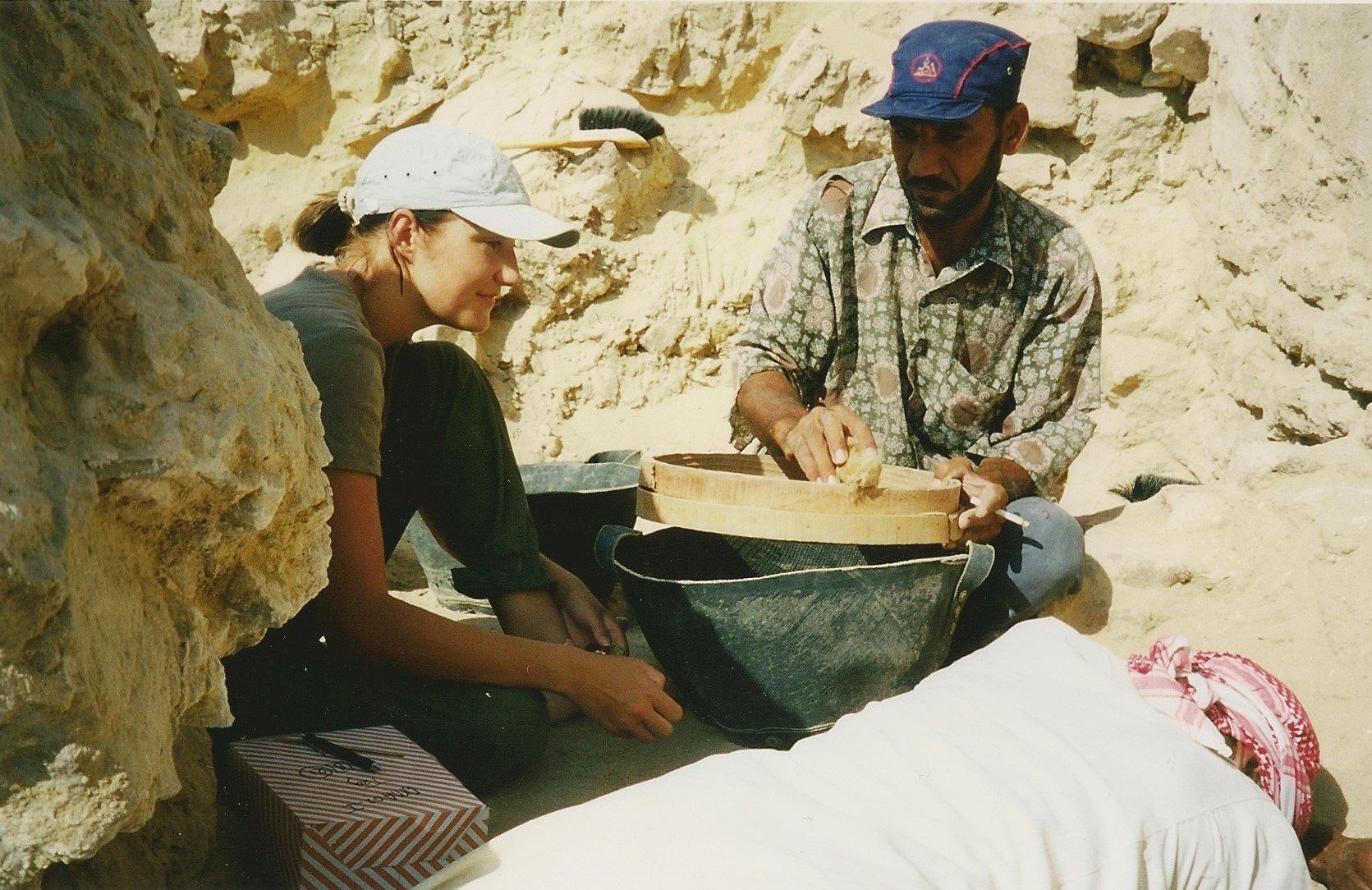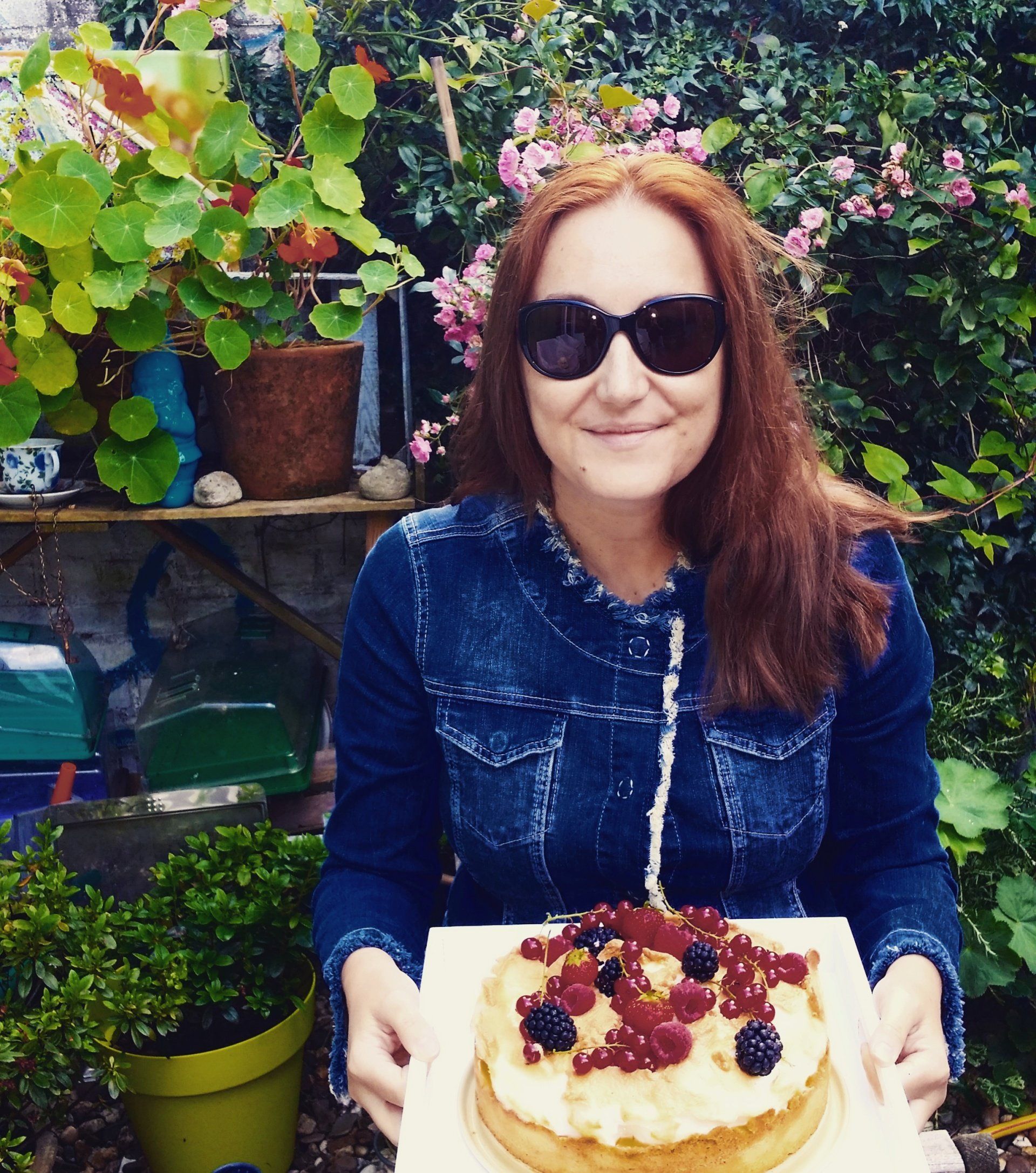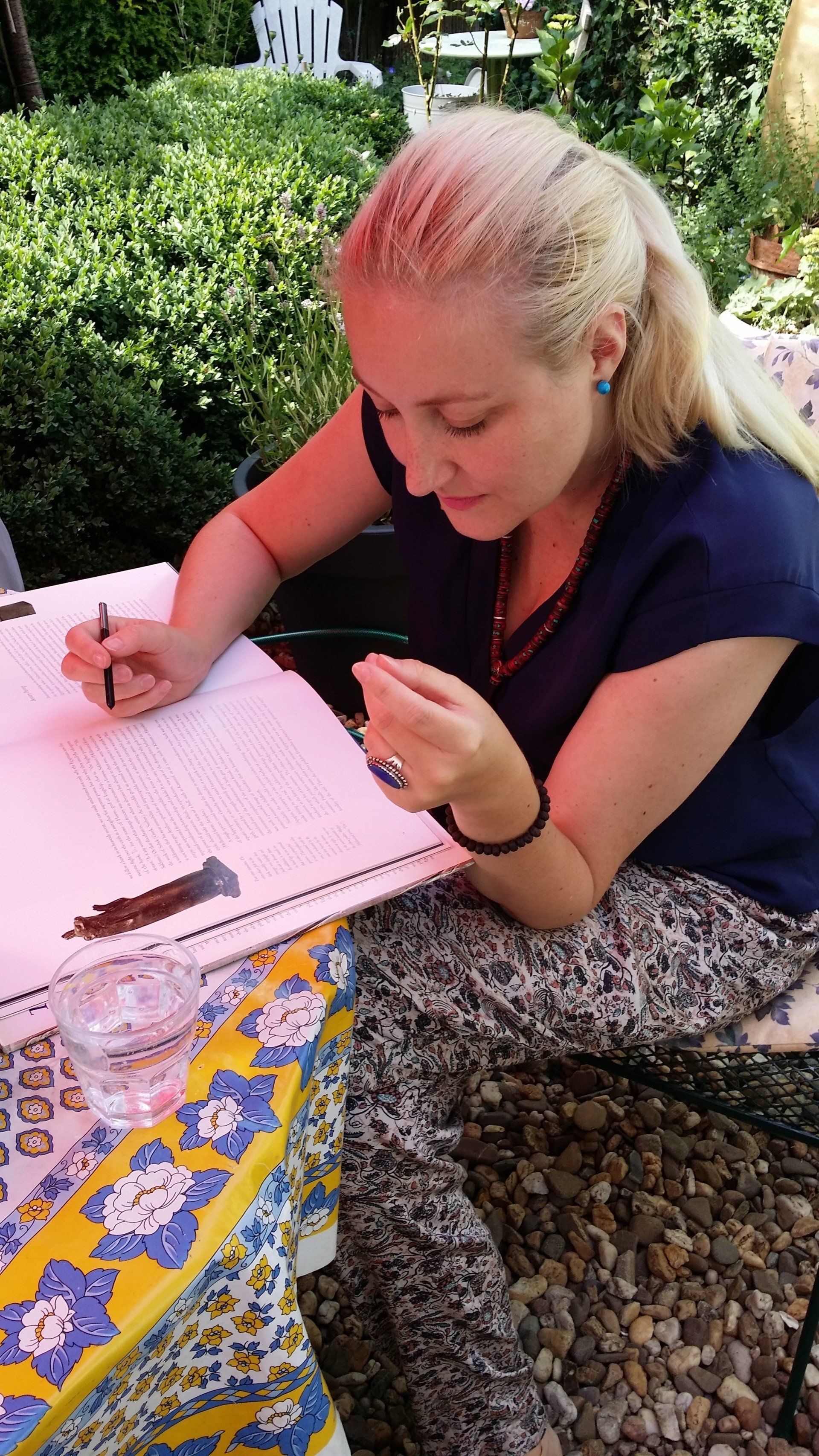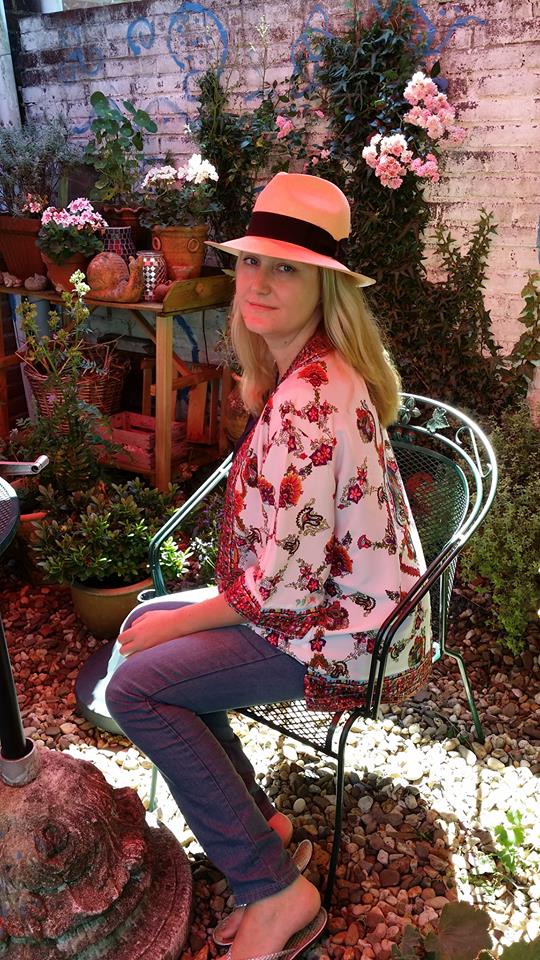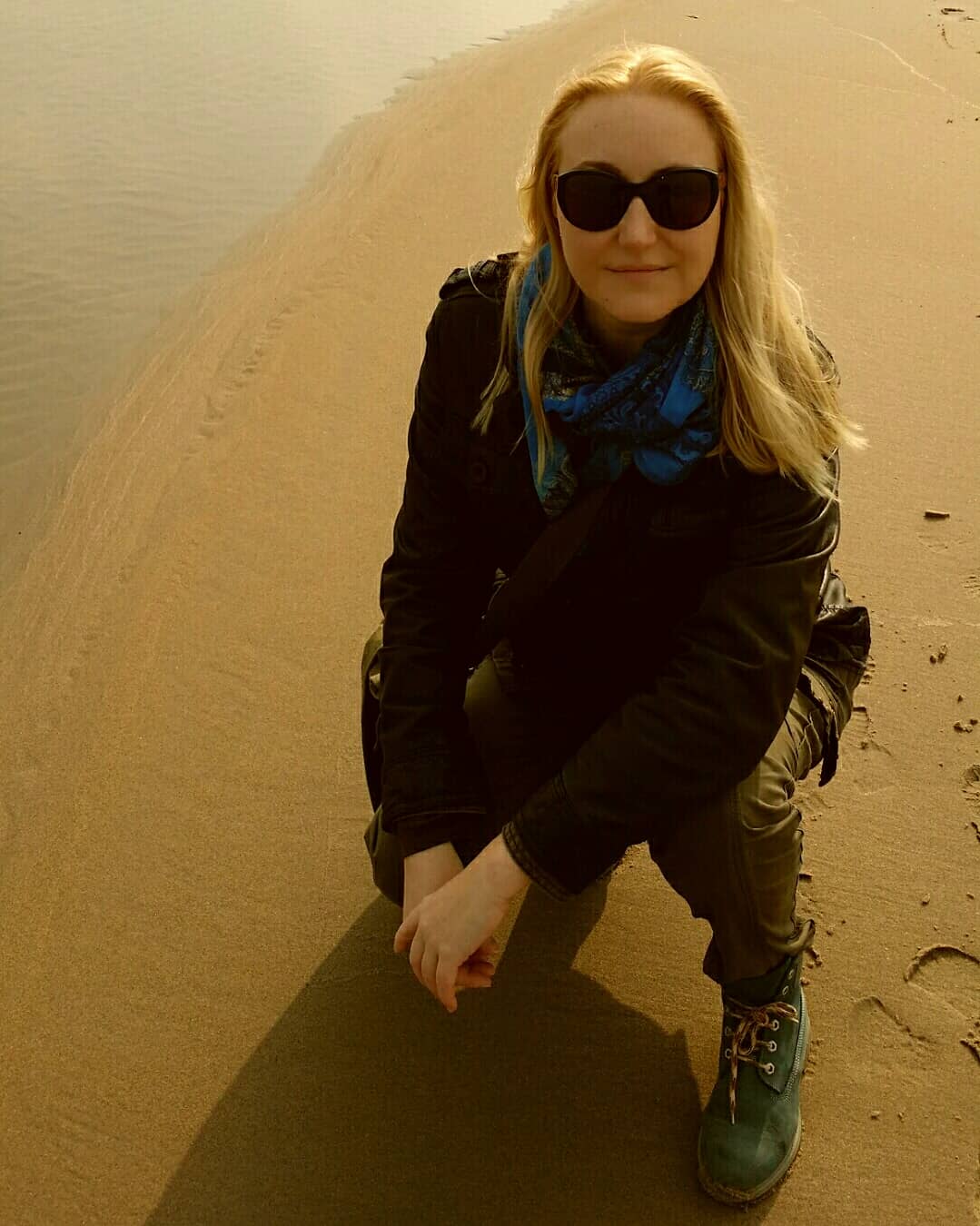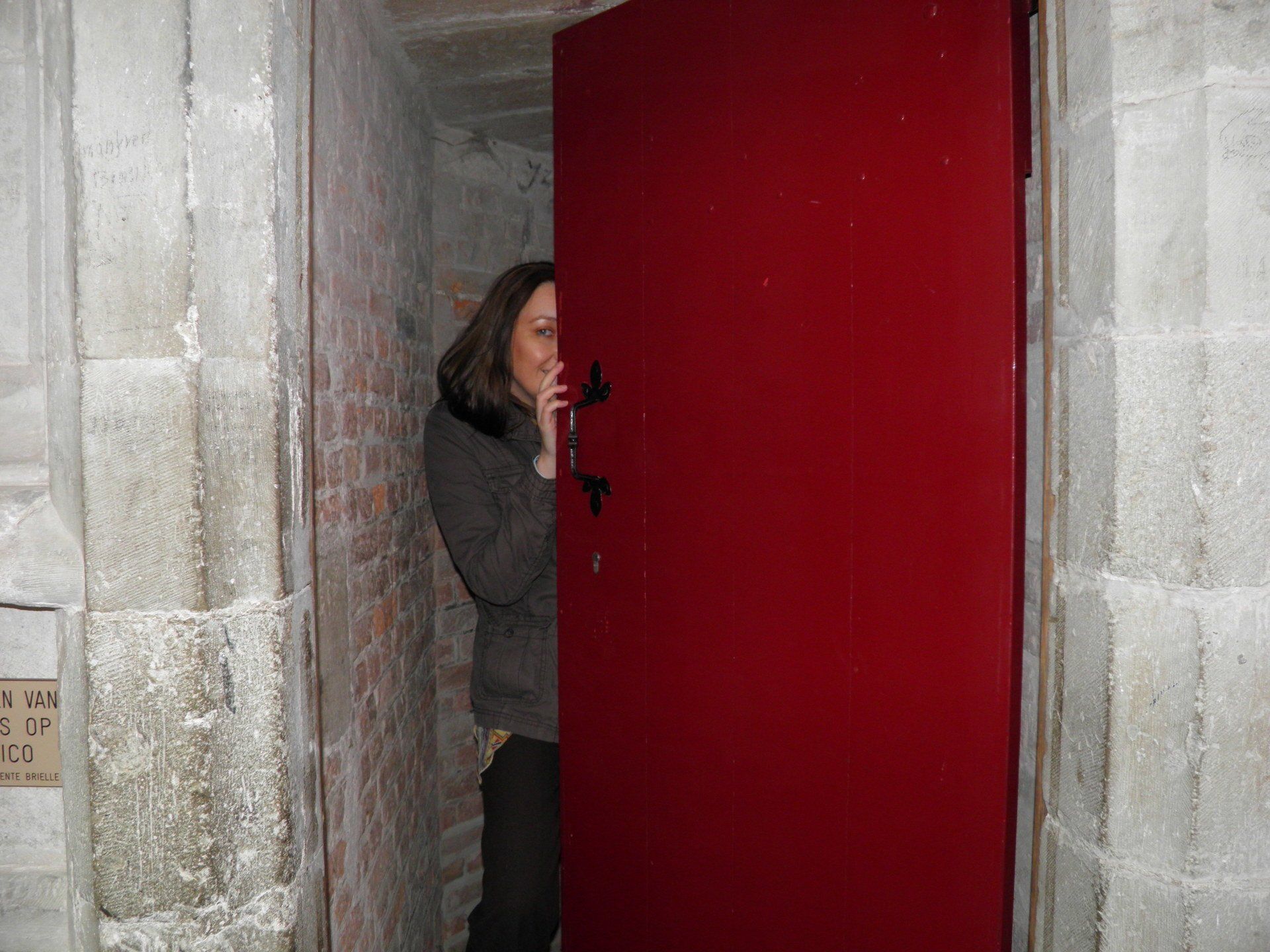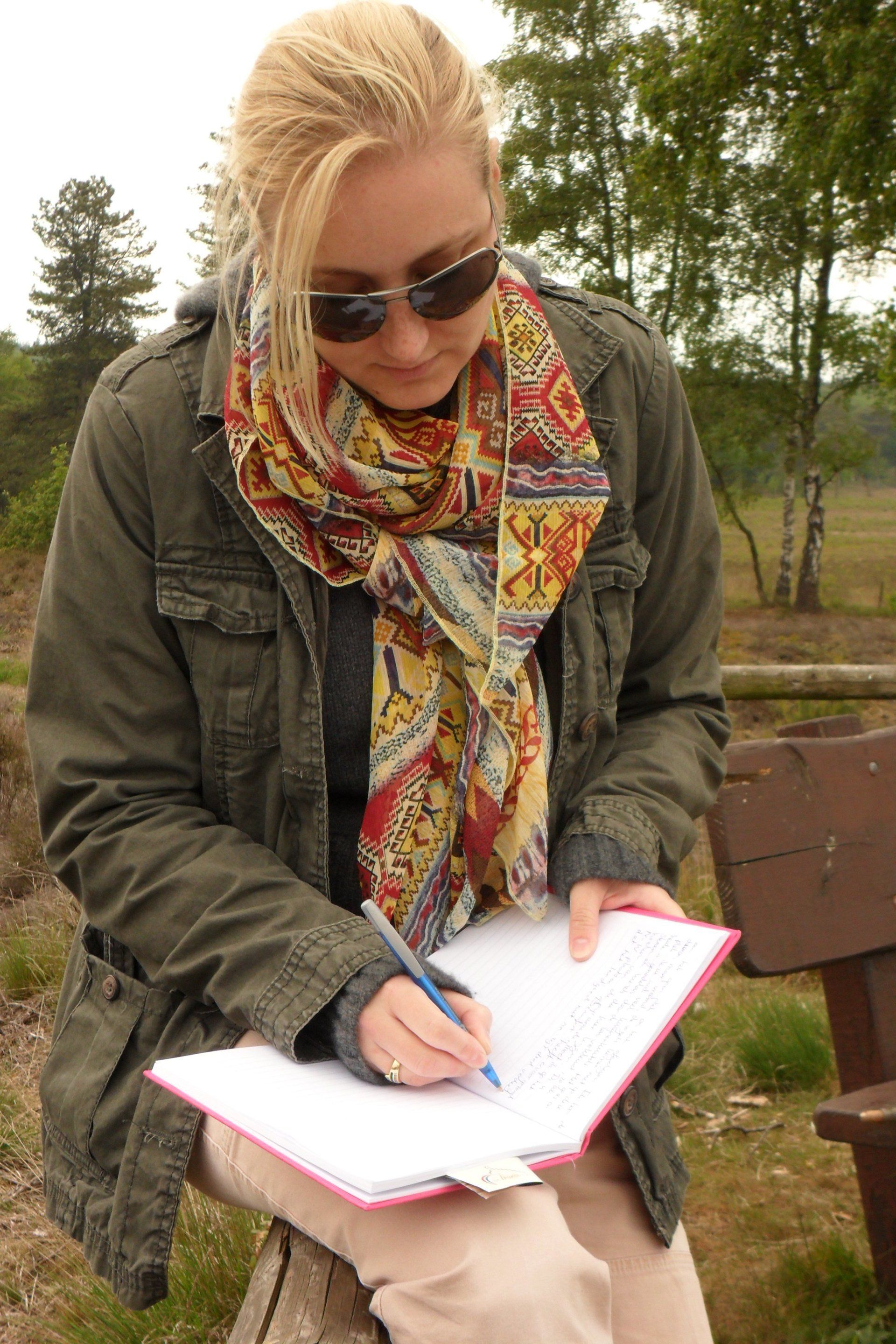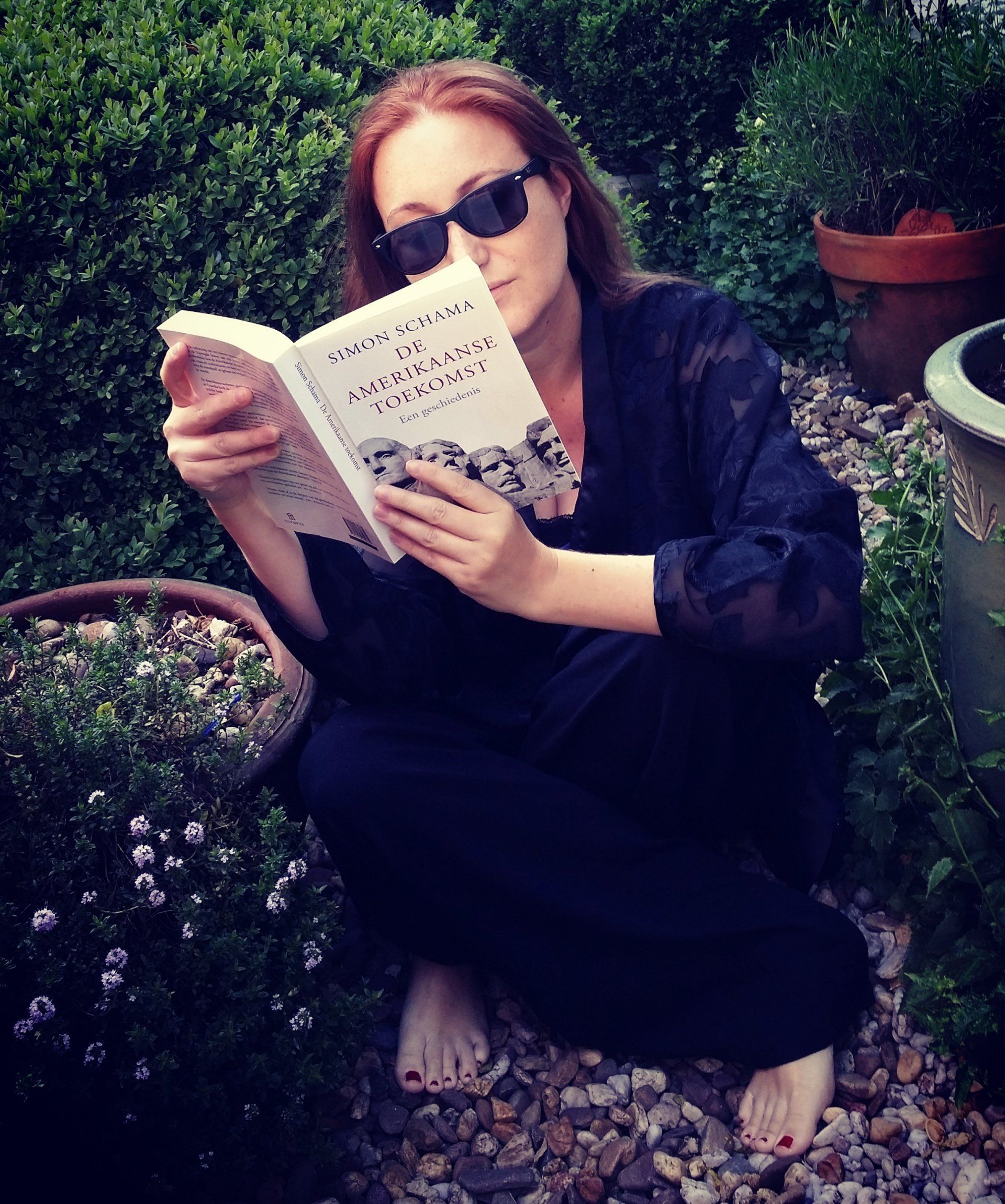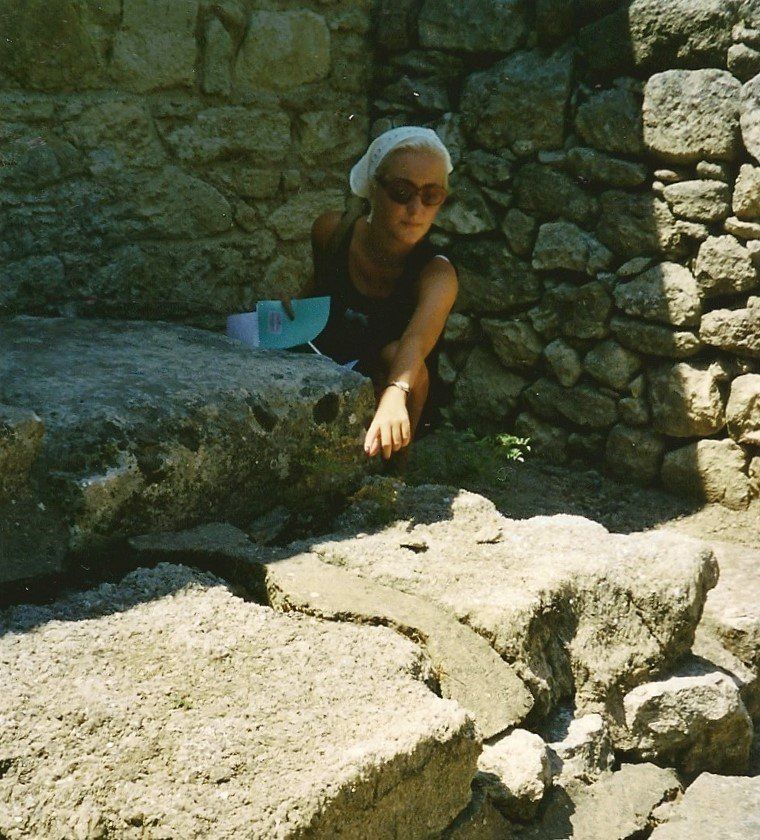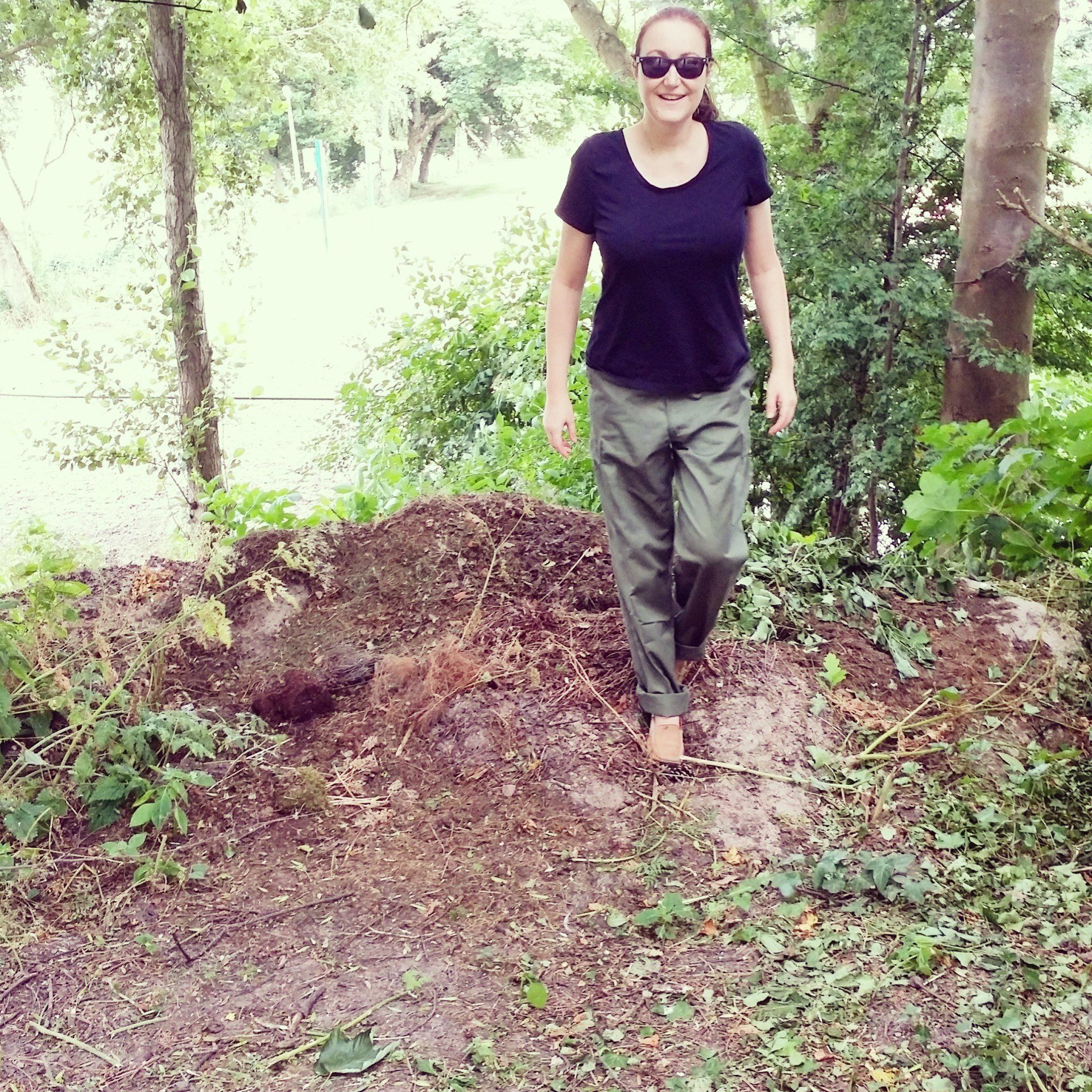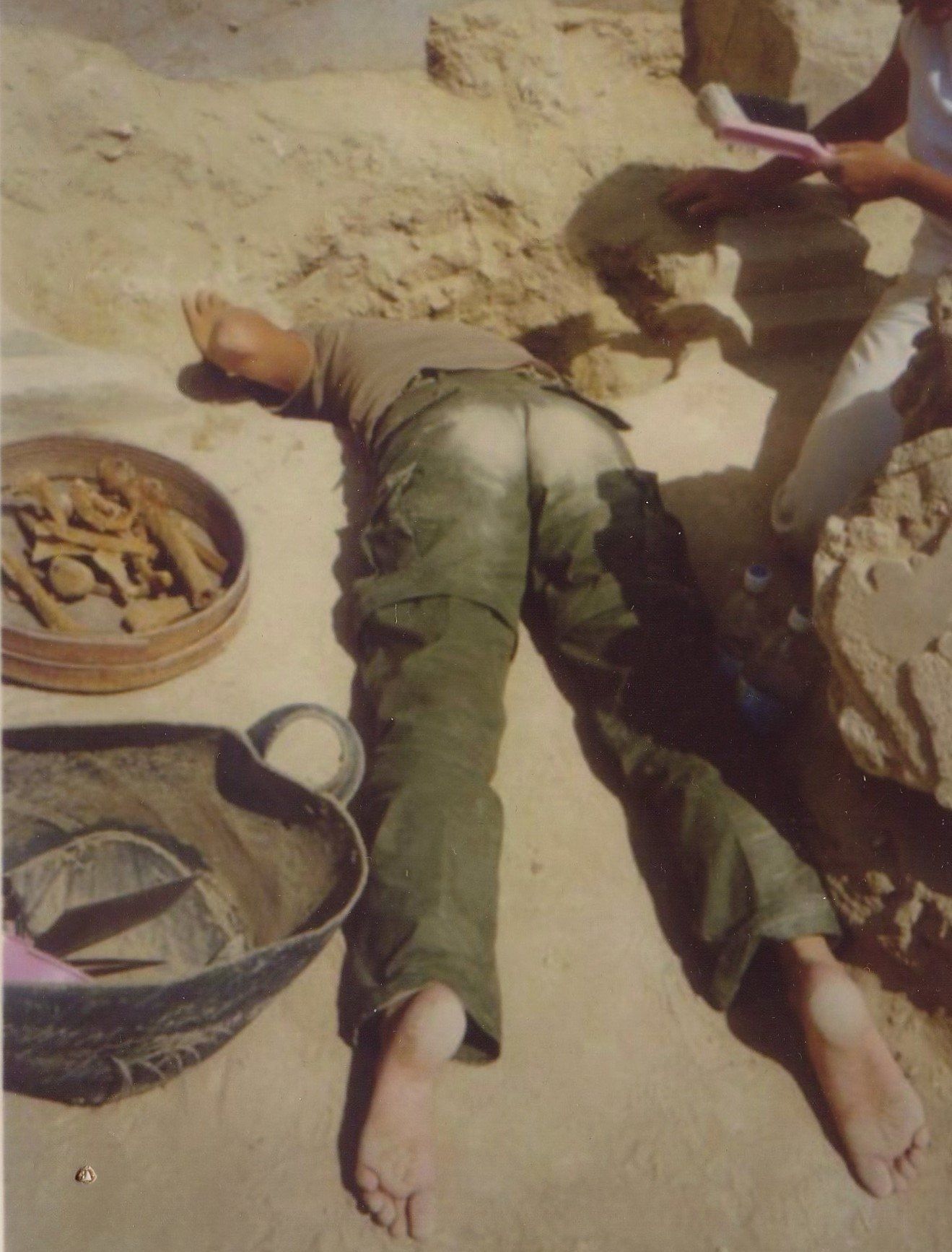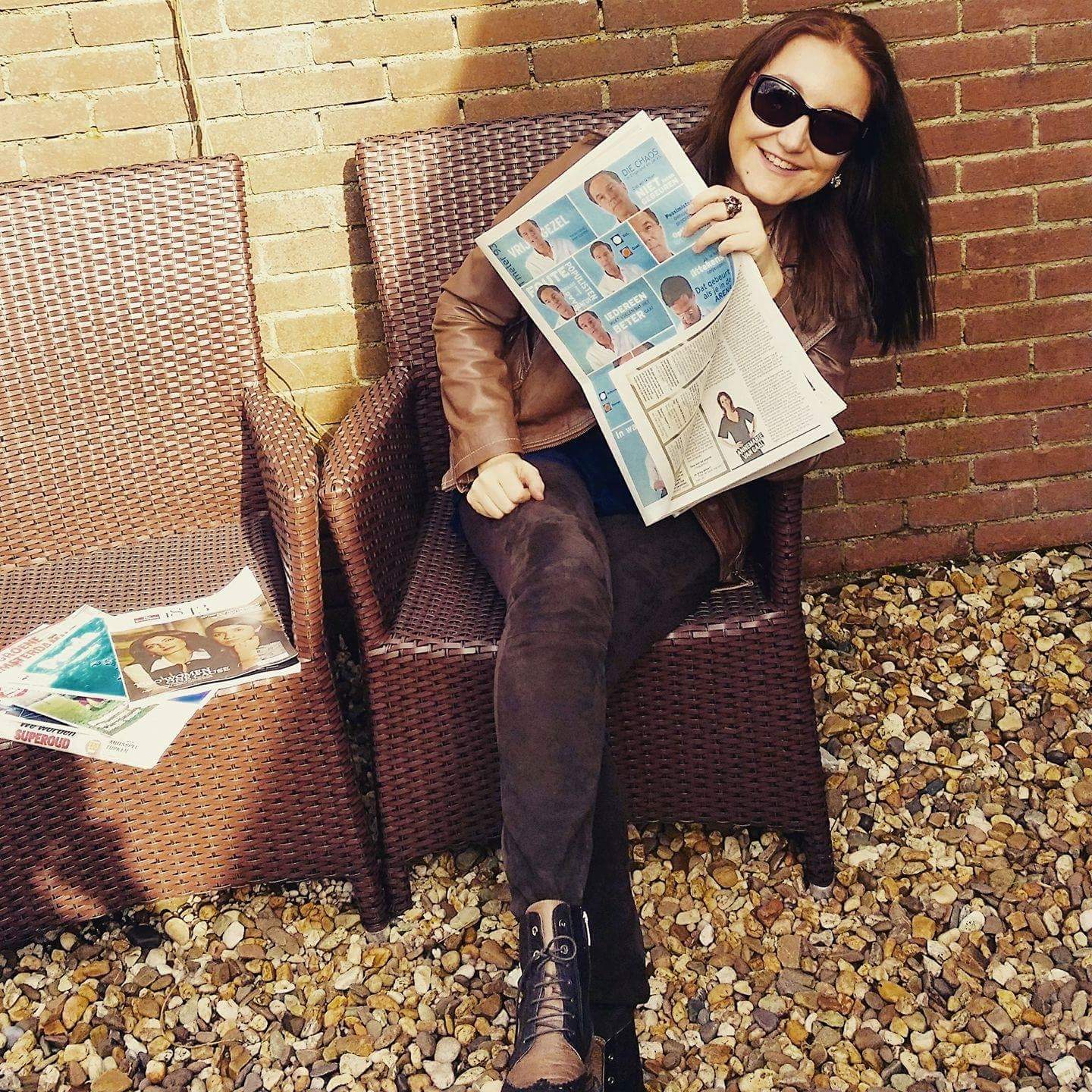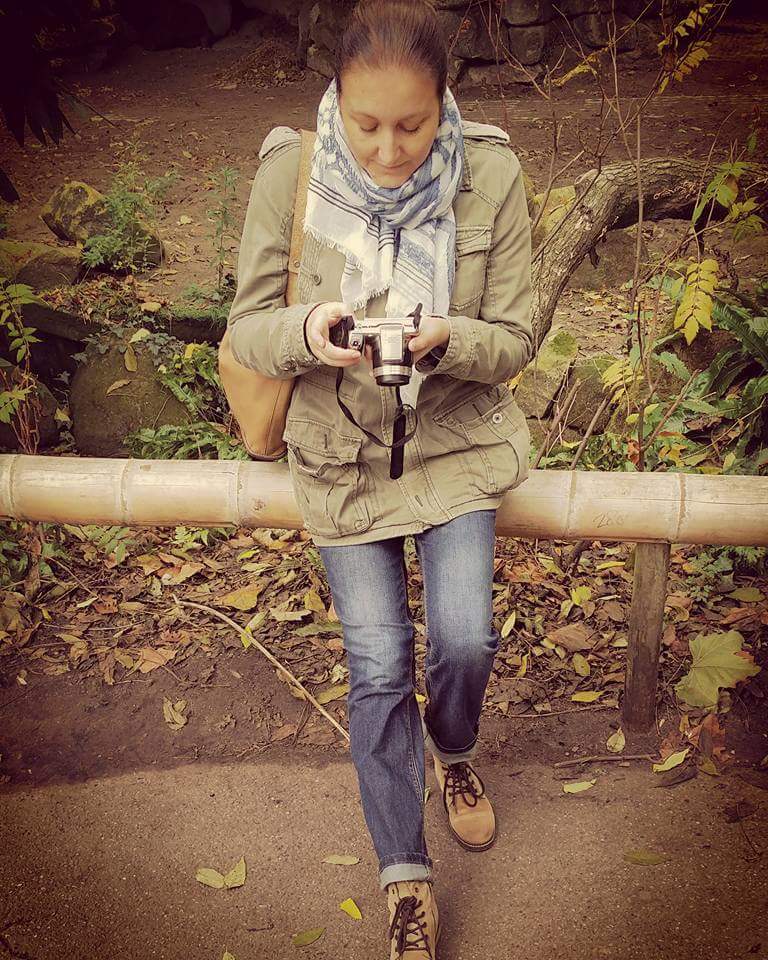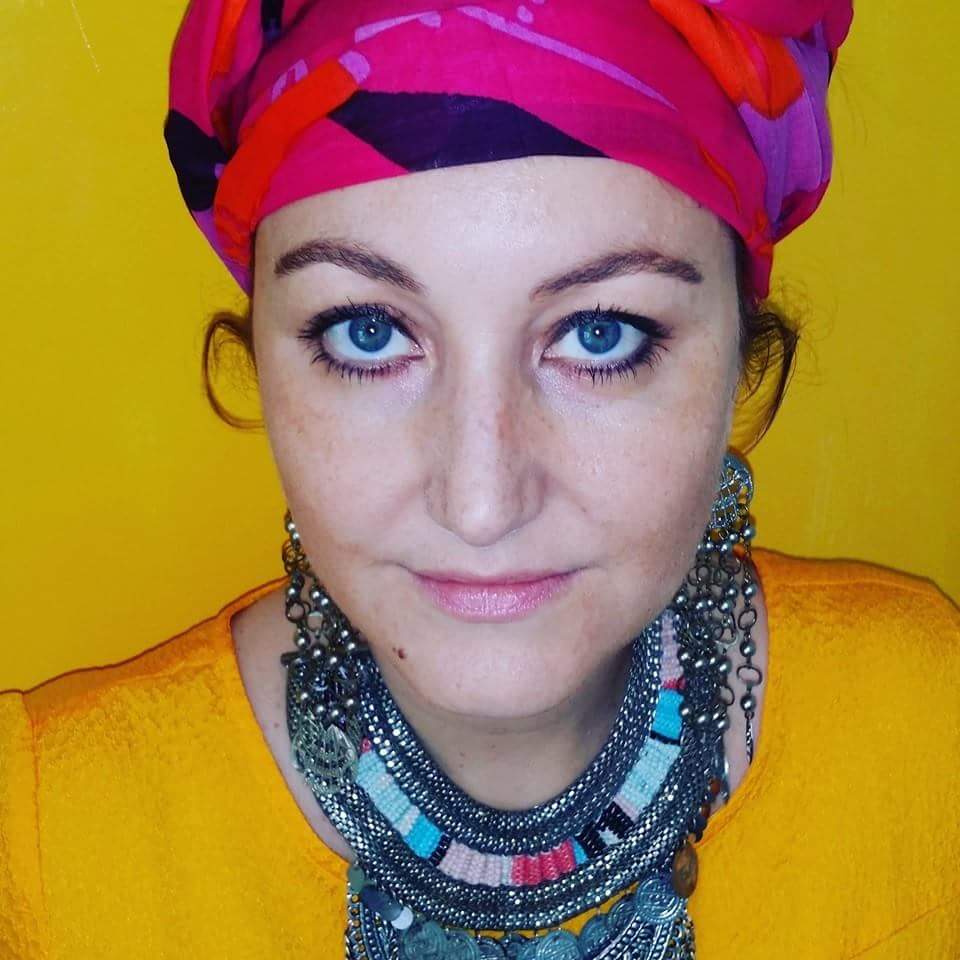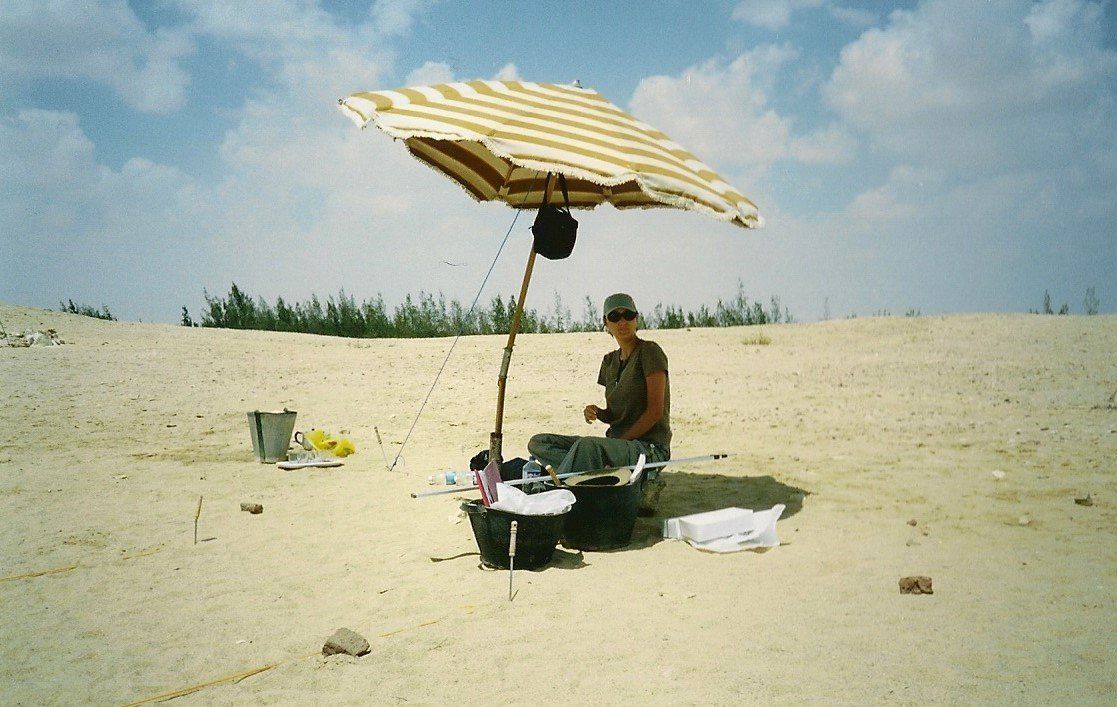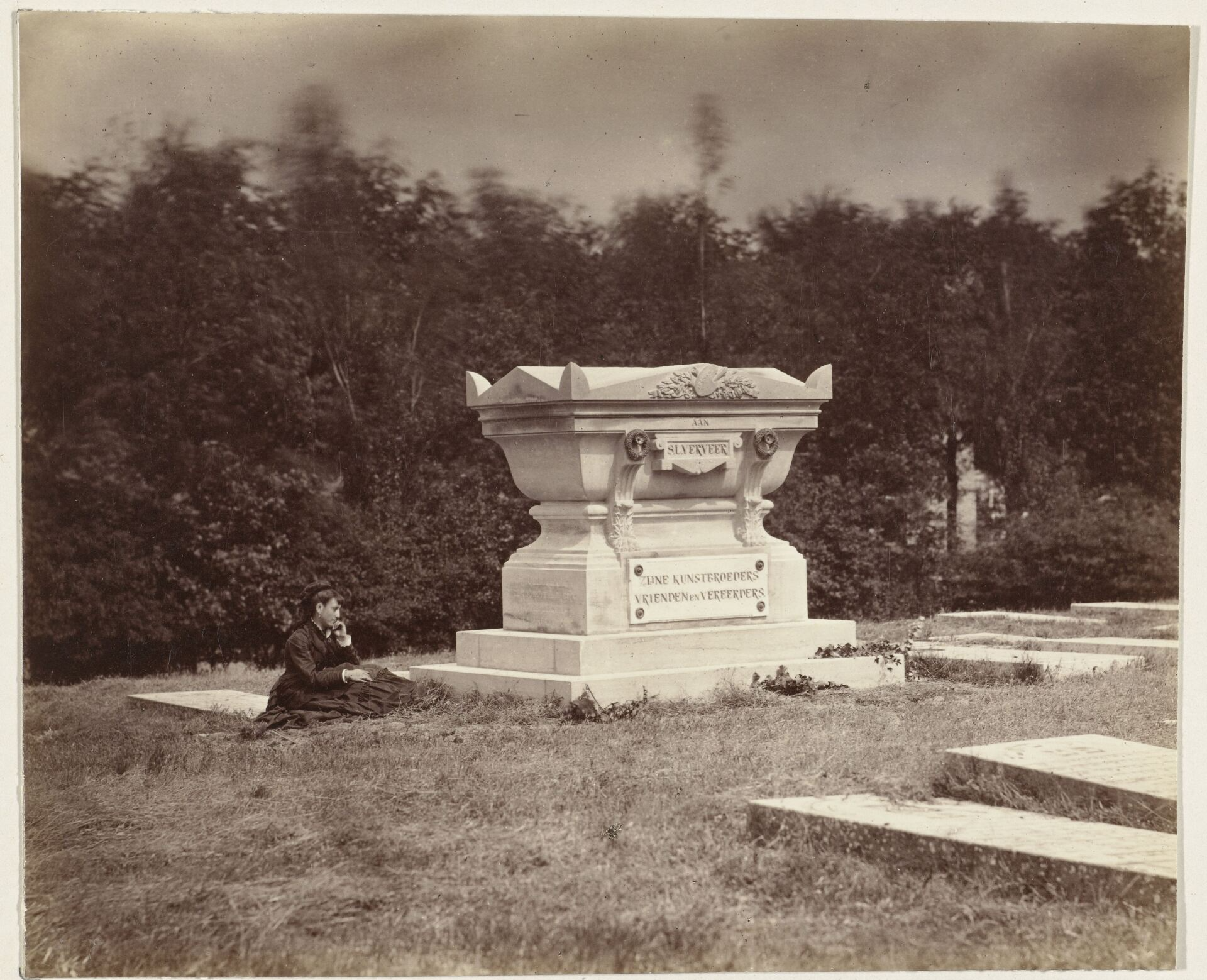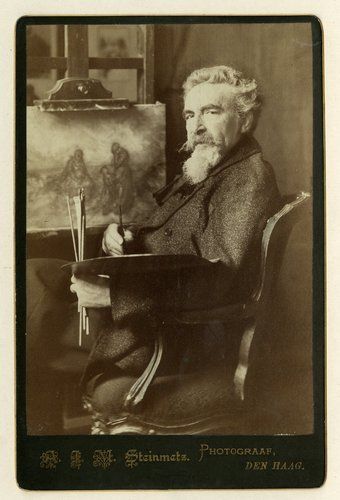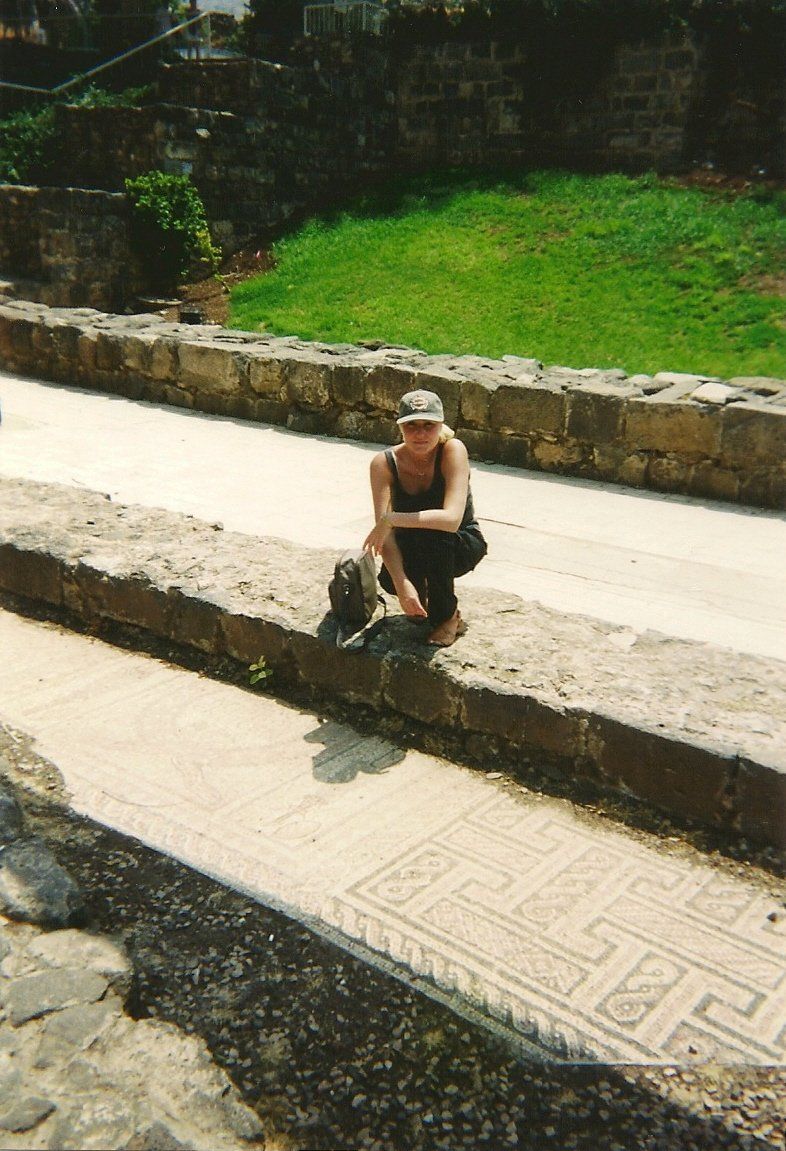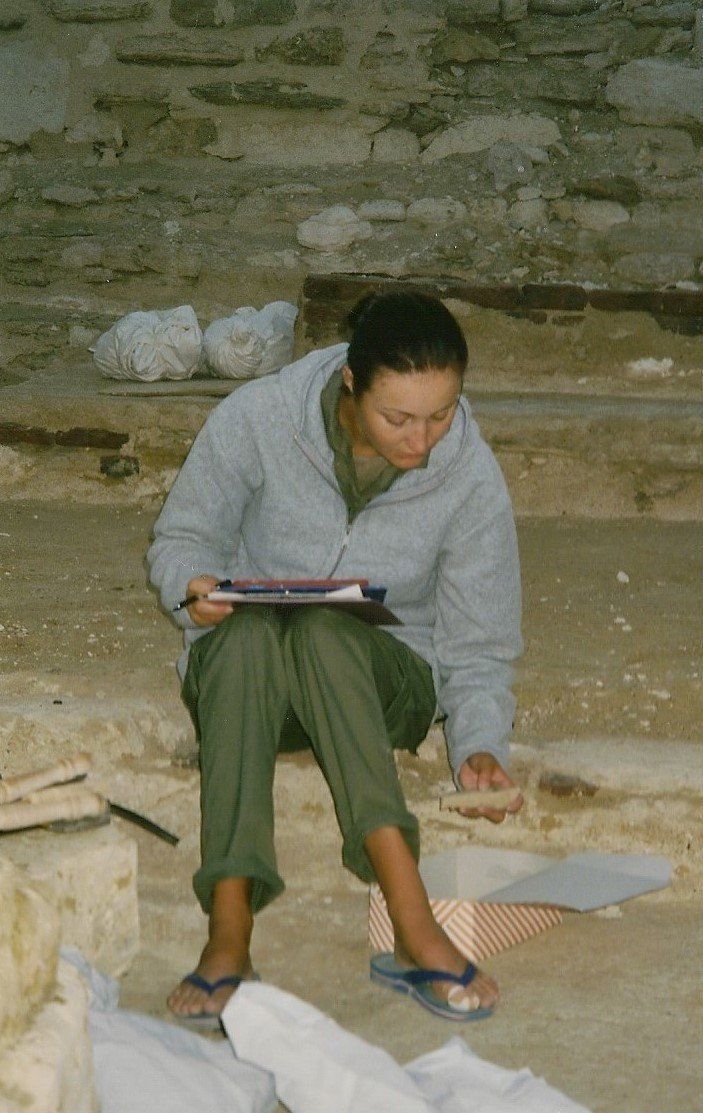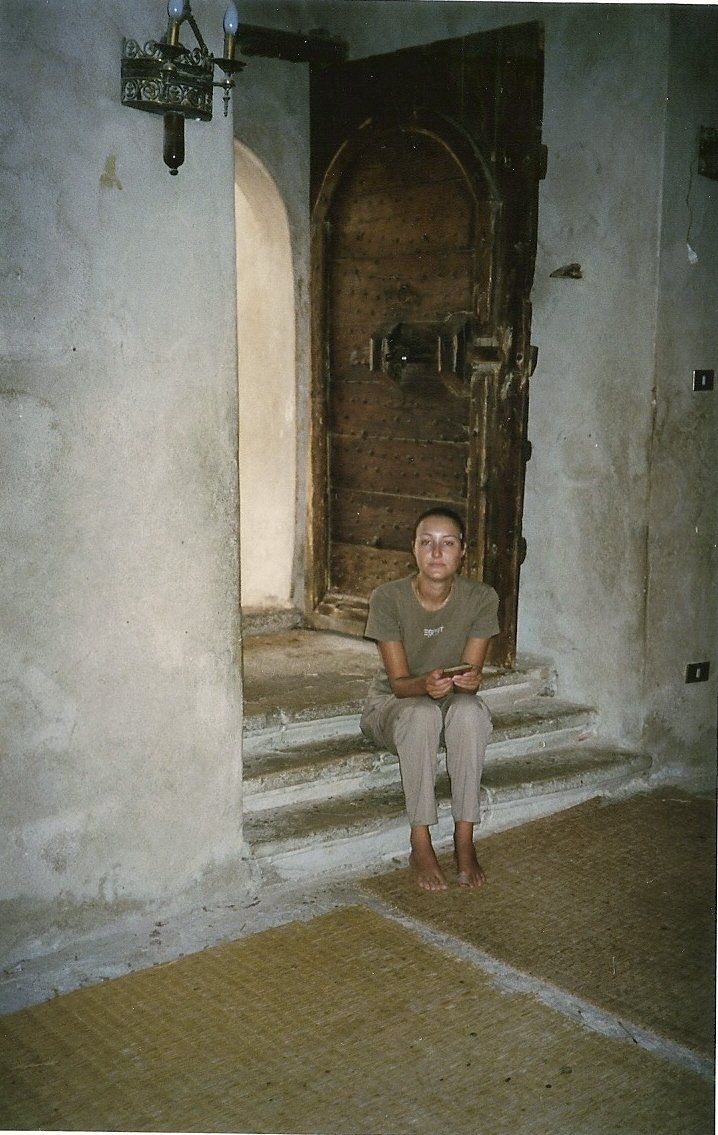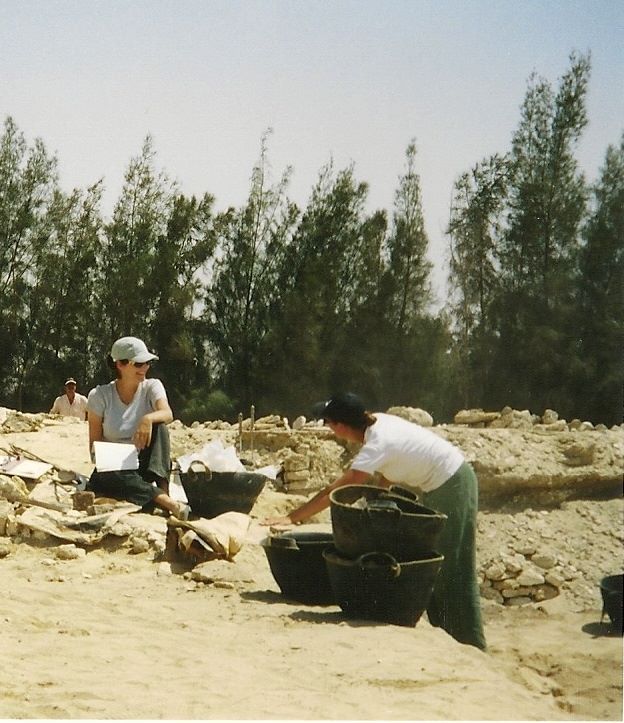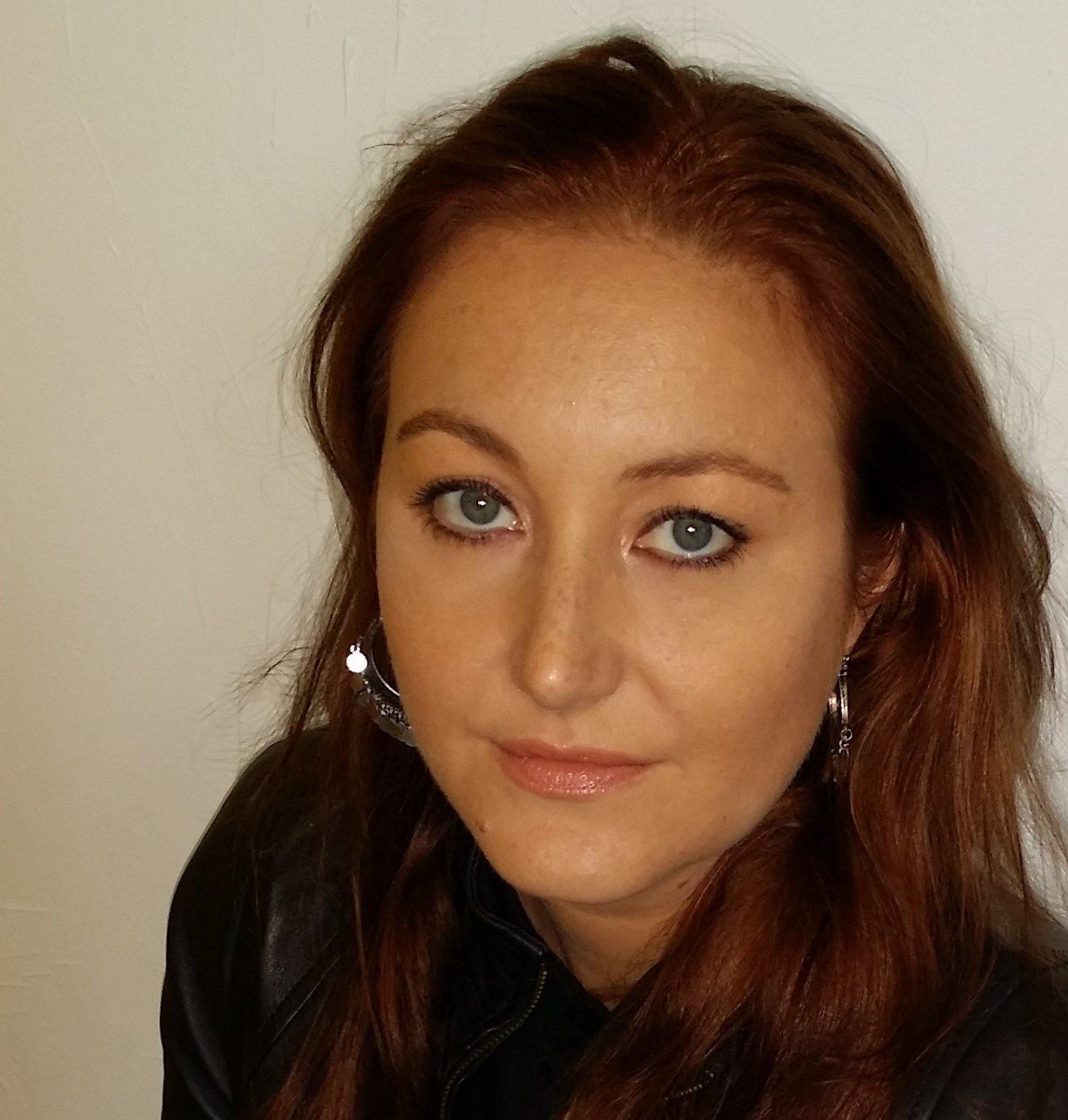I received my BA in Archaeology of the Levant (which today comprises of the modern states of Israel, Lebanon, Jordan, Syria, Cyprus, as well as the West Bank, Gaza strip, and the Sinai Peninsula) and my Masters in Near Eastern Archaeology (Egypt, Levant, Anatolia, Mesopotamia, Arabian Peninsula) from Leiden University in the Netherlands.
I have had the privilege to work as a professional archaeologist on a vast number of archaeological sites in the Middle East, Sahel and North Africa. My research interests lie in ancient environments, the origins and development of urbanism, religious studies, myth, folklore, the ritual use of the body, funerary archaeology and conflict archaeology.
I write about Jewish history, culture and heritage, from ancient texts to modern politics. I have given lectures and talks on a range of historical topics to a wide variety of audiences. The Near East was, and is, a multicultural region with a great variety of social, linguistic, ethnic and religious groups. I study religiously framed (armed) conflict in wider social, economic and political contexts, especially within the formation of religious, cultural and ethnic identities. With a special focus on the cultural, social and literary histories of religion and ancient religions.
My research is at the interface where archaeology, religious studies, history, cultural heritage, and living culture meet. I focus on the processes related to the movement of concepts, objects and people across geographic, social and cultural borders.
My professional career has spanned a wide spectrum of activities, including entrepreneurship, raising awareness on maternal mortality as a public-health concern (maternal health ambassador Global Fund for Women 2012-2022), advovate for women's access to education and health services to battle extremism, the promotion of women's empowerment to halt the spread of violent extremism, radicalization, counterterrorism, and advanced aviation security.
